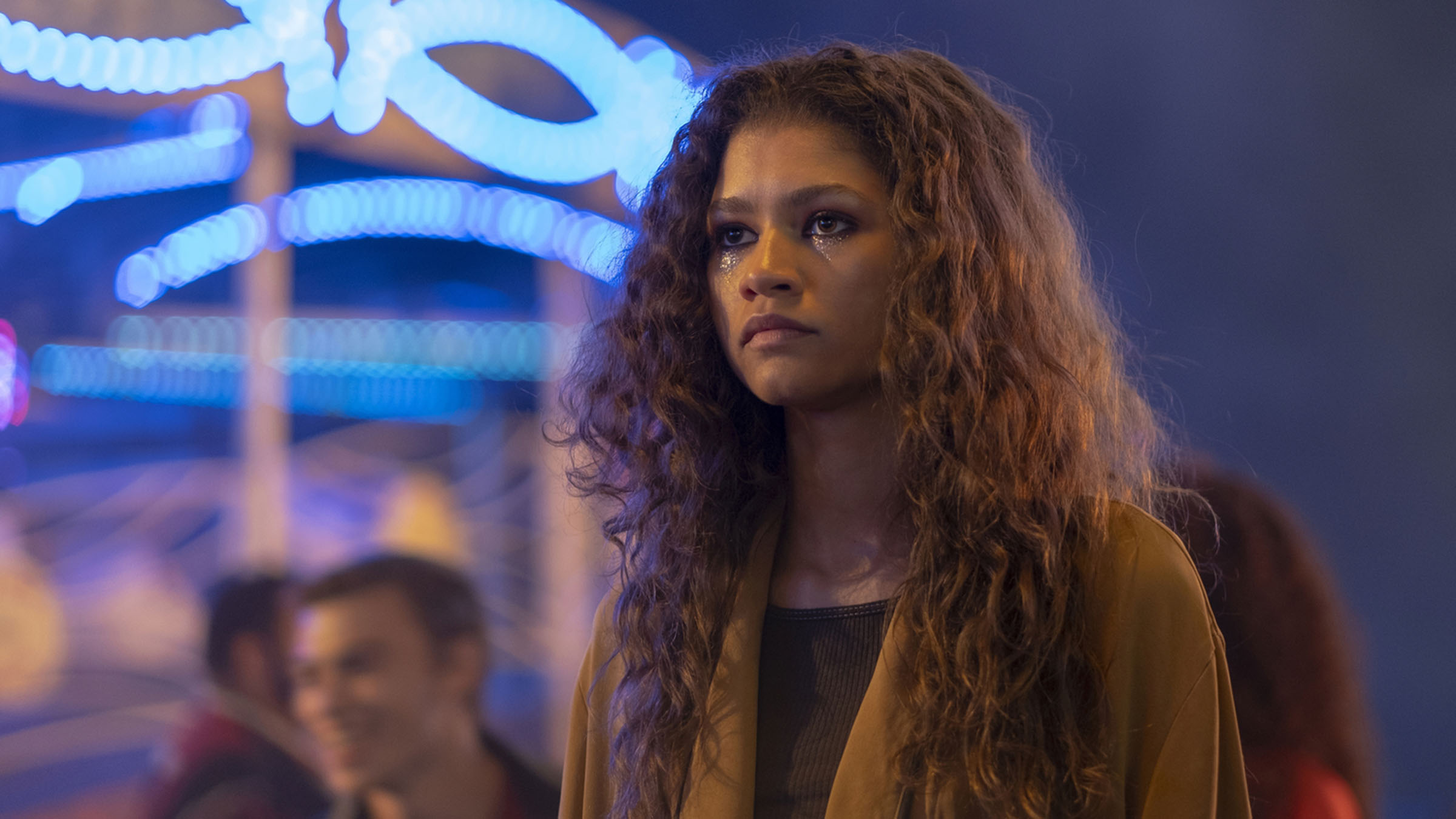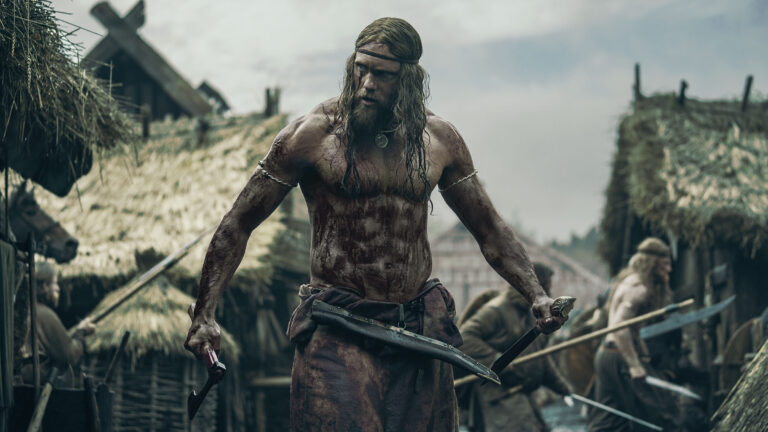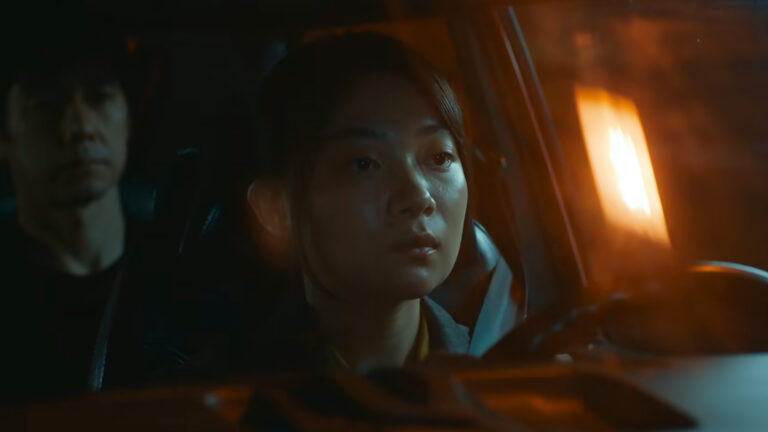Today we’re talking with all three editors of the amazing HBO series, Euphoria. Julio C. Perez, ACE, is a co-producer and supervising editor on Euphoria, and has been nominated for ACE Eddies for the last three years, including one for the pilot of Euphoria—and was nominated for an Independent Spirit Award for editing the feature film It Follows.
He also edited Under the Silver Lake, which premiered at the 2018 Cannes Film Festival, and Malcolm and Marie with director Sam Levinson.
Aaron I. Butler, ACE, is an Emmy-winning and two-time ACE Eddy-nominated editor. He’s edited Kanye’s Jesus Is King and the feature JT Leroy. He also cut the Emmy-nominated documentaries Cry for Syria and American Winter.
Laura Zempel has edited HBO’s Room 104 as well as AMC’s Dispatches from Elsewhere. She recently cut Josephine Decker’s latest feature The Sky is Everywhere for Apple and A24.
The editing on Euphoria is unique and there’s a lot to discuss.
Listen while you read…
HULLFISH: One of the things that I immediately recognized as an editing signature is the time fracturing that the three of you do. There’s jumping forwards and backwards. I was just watching the final episode yesterday and was even seeing repeats. Talk to me a little bit about that time fracturing and how difficult that is, and how different it is from your typical episode of TV or your typical feature film.
PEREZ: That playfulness with time whether or not it’s reliable is very much an emanation leaping from Sam [Levinson’s] brain, his own subjective experience, even his own process of writing. So, I’d say that’s foundational. Sam’s very happy when we take certain liberties and play with that to further that concept in editorial.
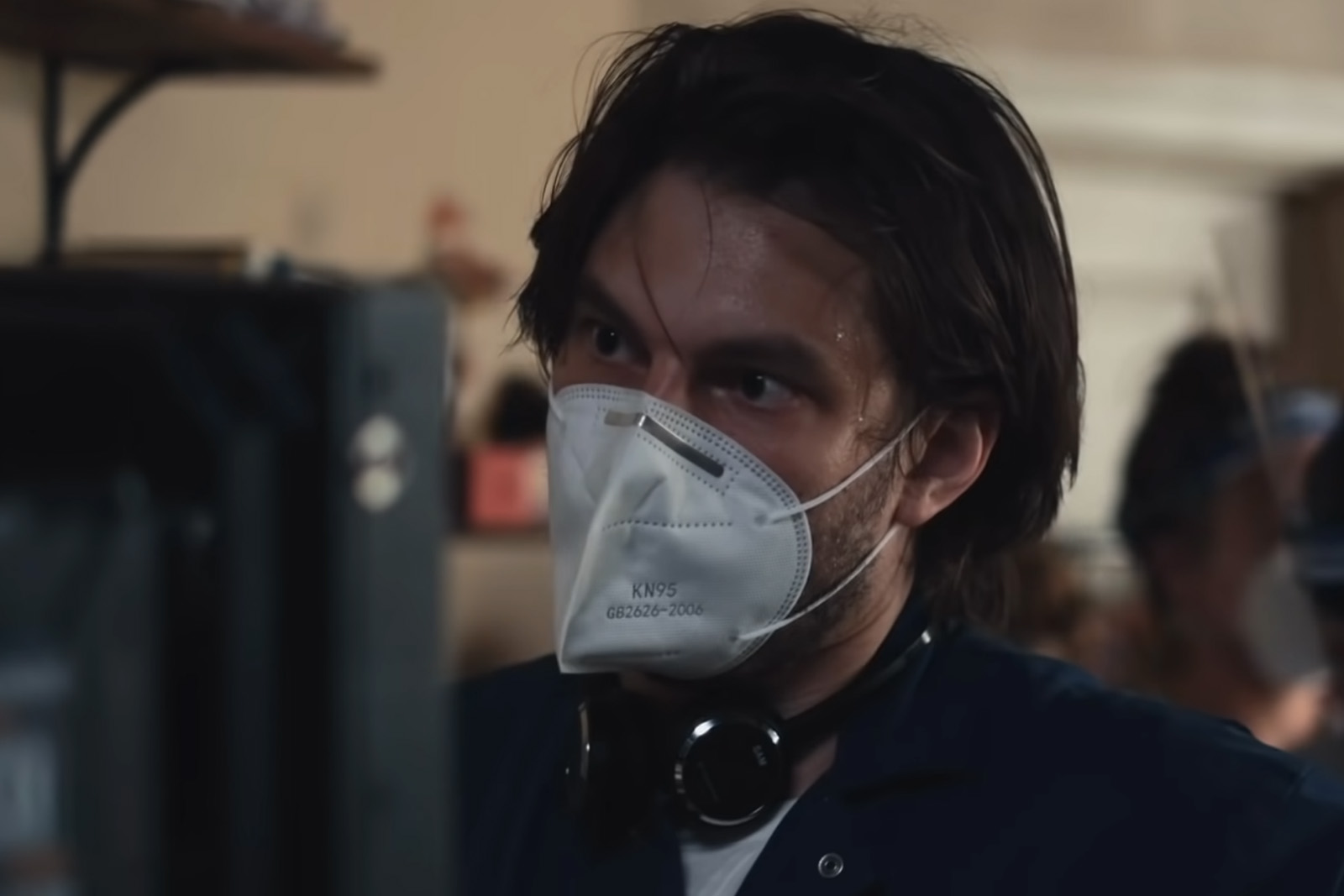
Whether it’s from his prompting, his direction in editorial, or whether maybe we decide early on in a cut that it might be fun to play with some, let’s say, more radical intercutting that might actually disrupt our sense of linear time, I’d say it’s built into the type of aesthetic from Sam’s urges, and we’re all too happy to oblige it.
HULLFISH: It’s a creative way to edit. I did get a chance to talk to Aaron [I. Butler] at the ACE awards and one of the things that he mentioned—because I pointed out the unexpectedness of the editing—was that it’s in the DNA of the show.
If I was going to come on to the team for Euphoria, Laura, what would you tell me to expect? Or what would you tell me that the directors, the producers, or the showrunners want out of an editor on the show?
ZEMPEL: I would just say, “Get ready.” It’s pretty unexpected. You have to go from your gut of what you think works. Obviously, the scripts are written very visually, so there’s a lot of information in there. Also, “Follow the footage,” because things evolve on set and it usually goes to a place that feels intentional. They find something on set and run with it. So, I think really listening to the footage is a huge part of it.
Try something. It may not work. Then, if it doesn’t work, you have to be open to changing it.
Then, “Just try stuff.” Try something. It may not work. Then, if it doesn’t work, you have to be open to changing it, but I think it’s a real openness. It’s a real ability to just see what happens, evolve, try things, and listen. It’s totally unpredictable, but that’s sort of the only thing you can count on.
HULLFISH: Aaron, to follow up on what we were talking about at the ACE Eddies, tell me a little bit about the idea of doing something that is unusual or unexpected.
BUTLER: What Laura and Julio were saying about that unexpectedness as part of the DNA of the show, starts with Sam. Even when we’re watching through dailies, you will see them experimenting and playing on set.
You’ll be watching a daily and you’ll see them move the camera from here to here. Then, suddenly, you hear them saying, “We could actually move it from here to here.” That was unplanned. So, there’s this creative energy on set.
Then, when we get the dailies, we have all these options and I think there’s definitely a sense of playfulness. Julio [C. Perez] is the supervising editor and so there’s a lot of collaboration with him. We will put together a first pass and we will come up with all these different ideas and then Julio will come in and watch and then we will play in it.

We love doing what we call “alts.” Even if the scene works perfectly, we’ll say, “Let’s try an alt of this. Let’s try a different performance here, or let’s try a different visual thing here.” Then, especially with the music, we’ll say, “Let’s try five different songs here.”
So, throughout the whole show from start to finish, there is this playfulness and that I think is where we say, “Don’t do what any other show would do. Don’t cut like any other show would cut.” I think we’re always talking about making it cinematic. This is cinema. Yes, it’s a TV show, but we think cinematically and poetically. We always keep the audience on their toes.
Don’t do what any other show would do. Don’t cut like any other show would cut.
Often, you didn’t expect a cut there. That could be a time jump or it could just be an interesting angle to go to within a scene. Sometimes, we really hang on a shot for a long time and that feels unexpected. I think that was an expectation on the show: to play and make it unexpected.
HULLFISH: I watched a marathon of the last four episodes of season two all yesterday. I noticed a great hold on Zendaya getting in the bathtub. There’s a shot from outside of a bathroom where she is completely out of focus and the camera is focused on a foreground element. It’s all on this close-up on a foreground element, which I loved. Tell me a little bit about that sense of playfulness but also great restraint.
PEREZ: That’s beautiful. I love that you said that. I feel like that’s very astute because I actually feel like I have to say to colleagues pretty frequently that we have a show that can be described as maximalist, bombastic, and we’re not afraid to flex even as editors even though we’re supposed to be invisible.
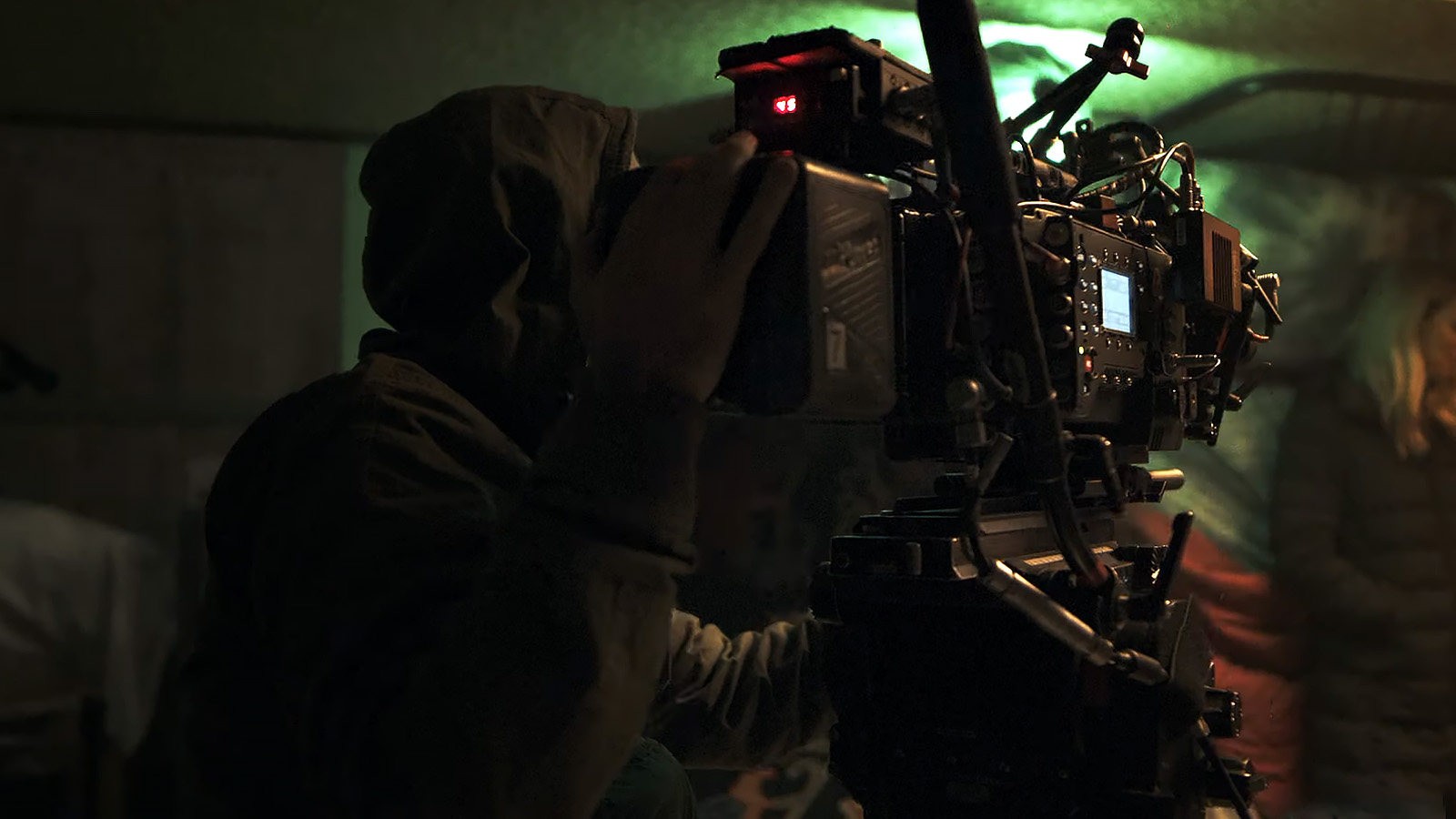

I’ve always had an attitude that invisibility to me is best served in staying out of the way of emotional resonance or attachment to the character, however, if certain stretches might be a little more ostentatious, then it’s okay—as long as it works and as long as it serves a larger purpose for the flow of the narrative and increased engagement with characters.
The show is bombastic, but I feel like there are a great many moments of subtlety, restraint, and patience that actually are equally important to the makeup of the show and the core of what we do.
It’s making certain choices that maybe feel a little uncomfortable and bold in the moment, and boldness can come from, let’s say, more cuts per minute than you’re used to, or a certain montage that has a great deal of flare with a lot of unexpected juxtapositions. But I’d also say that the radical notion of being patient as an editor can serve that just as thrillingly. It could be just as beautiful, exciting, adventurous, or experimental as anything that’s flashy.
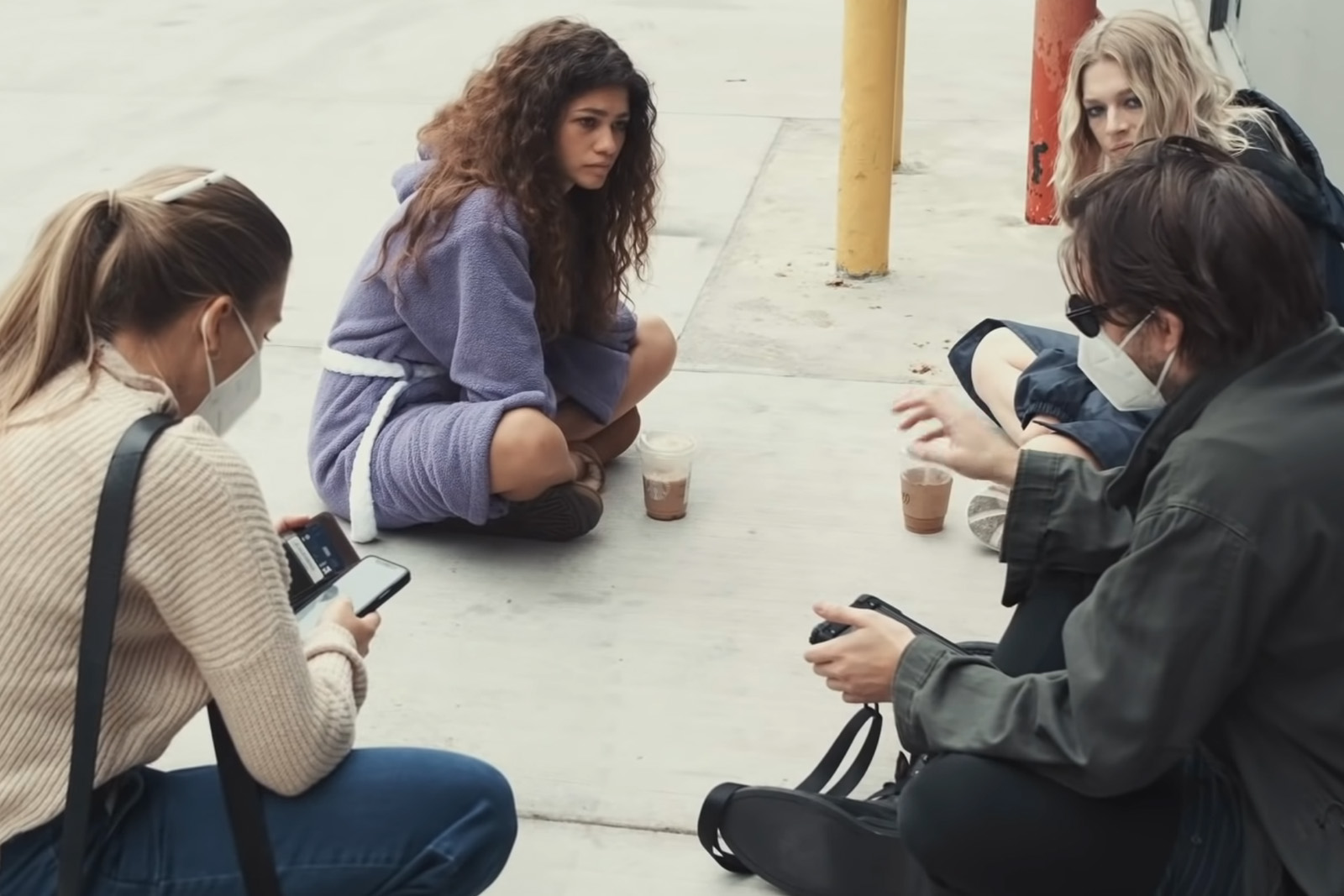
At his core, Sam is an experimentalist. He loves to experiment. So, that sort of frees us, I think. He’s had me on the team since the pilot and we’ve built a team where there are certainly kindred spirits. There’s a certain audacity in what we try to achieve in our aesthetic process, in our art, in our craft, or our “entertainment stuff.” It’s all of it, right?
When we do these alts, we’ve found that we build alts for Sam to give him options, to guide the cinematic language or the editorial language of certain sequences and stretches. Several times, it was the one that had the least dialogue that was chosen. So, he’s not precious.
He actually liked it when we started chopping down some dialogue. Despite being a terrific dialogue writer, he’s also willing to shave off some of that, so it emboldened us. So, we looked for these moments where we could help create a little bit more economy in a scene or a sequence.
I feel like it’s definitely a wellspring of his creativity and surrounding himself with fellow experimentalists. We all love to make the wild choice, and we’ll swing for the fences and get it wrong. There’ll be things where he’ll say, “What the fuck are you doing, Julio? What was that?” It was a wild hare and I went after it. But he never shames you.
Be ready to fail. Use that moment. Lean into your failure and see what sort of creative spark comes.
You have a good time trying the radical and the strange. Whether with a great deal of restraint or whether it’s a great deal of bombast, ultimately, we land on an intuitive space if it feels right for the show.
HULLFISH: If you are trying to be so experimental, you have to be given the opportunity to fail.
PEREZ: One hundred percent. Absolutely be prepared to fail. Enjoy it. What I’ve heard about improv comedians is to learn to love the bomb. Be ready to fail. Use that moment. Lean into your failure and see what sort of creative spark comes from that negative effect.
HULLFISH: Aaron was mentioning the camera movement and I was thinking about that yesterday. A lot of the shows that I cut tend to not have a huge amount of camera movement. When you watch a take when the camera doesn’t move, it’s much easier to decide, but here you’re trying to decide on a performance for the actor and performance for the camera at the same time. Could you talk about the difficulties of camera movement in determining the right take?
ZEMPEL: It’s definitely something that we think about a lot and there’s so much footage where the camera is usually moving or doing something, so it’s a balance finding both. It’s really important that we watch everything.
Julio has a habit of pulling selects, and so I’ve started adopting that as well. It’s a nice way to do the process of elimination saying, “This camera move is really nice. This performance is really nice.” Then, building it all into a timeline and then narrowing it down as we go and finding what works best for the scene, which obviously the emotion is the most important part and what the character is doing. If a camera move sacrifices that, it’s not worth it.
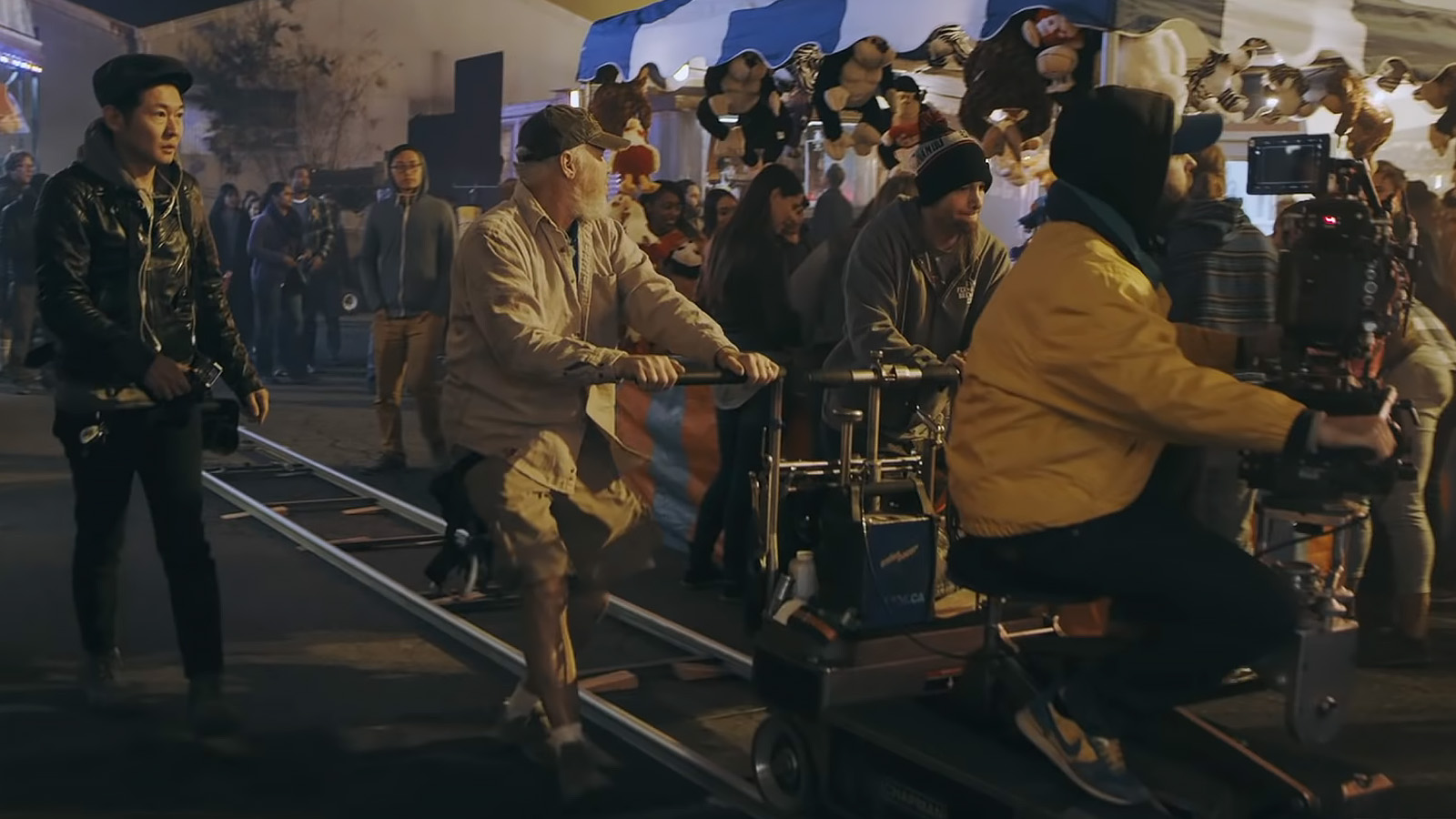
Also, we don’t use everything. We don’t have rules stating, “If the camera’s moving, you have to use it.” Usually, we’ll do a version with it because Sam will want to see it if it’s a nice big move, but if it doesn’t work, it doesn’t work.
So, this is the alts that Aaron was talking about. We’ll do alts maybe that are better for camera, alts that are better for performance, and then we all look at it and find something in the middle.
HULLFISH: The other thing that I was hearing Julio say was about the dialogue and some of the favorites are the alts with less dialogue. I remember watching a scene last night with Zendaya in the back of the car going to the hospital, and the dialogue drops out completely.
Everyone’s having a conversation and there are beautiful reflections going across her face looking out the window. Talk to me about those decisions to decide that the audience doesn’t need this information that’s in the dialogue, they need the emotion of what’s going on.

BUTLER: That scene is in episode five, and Sam gave us very clear direction on that episode that, “Emotion is everything. It’s not about the dialogue. It’s not about the camera moves. It’s all about the emotion. Feel free to just go for it.” So, in that particular moment of that car scene, we were experimenting with ways to increase the emotion of this moment.
I had this idea that maybe it would be interesting, since Sam said, “It’s not about dialogue. It’s about the emotion,” I thought, “The way they shot it, some of the cameras are outside of the car and some of the cameras are inside of the car. Maybe it would be interesting if when we were inside the car, we could hear everybody, but then we cut outside, you just get this rush of sound being outside of the car.”
I thought maybe that would be an interesting way to play and add to that emotion. You can’t exactly hear what’s going on, but you see all the emotion in the car.
We experiment and we use something until it doesn’t work.
Then, of course, in typical Euphoria fashion, we experiment and we use something until it doesn’t work. So, in the beginning of this scene, we have this rule where we hear the sound on the outside, and then we hear it on the inside, but then at a certain point, we break that rule and we’re outside of the car and we can’t hear what’s inside.
Again, it’s a very kind of Euphoria way to look at a scene: to do the unexpected and to follow the emotion. It’s all about the emotion, it’s about the visual, it’s about being cinematic, and it’s about breaking rules. It’s about making rules and breaking rules. That’s a very Euphoria way of looking at and playing with a scene, I think.
HULLFISH: I was also thinking of something that I talked to Joe Walker about, which was landscaping. In other words, setting a furious set of edits—and not necessarily edits but the furiousness of the emotion coming out of that car scene—then it goes crazy. There’s craziness following that car scene. So, the car scene is internal and you spend a lot of time looking at her face. You don’t really hear the dialogue. There’s not a ton of cutting because you’re setting up the craziness to come because if the car scene was all fast-paced, then you would have lost something, I feel.

PEREZ: Absolutely. I think what’s interesting is that in leaning into our playfulness with the reliability of a narrator and the almost capricious nature of our narrative sometimes.
For instance, in that car, we looked at some touchstones where we’ll just bring up something to look at some sequences in some Tony Scott pictures or Michael Mann pictures. Then, we’ll unhinge ourselves from some of the restraint into a more fractured sense of time.
In that car, there are actually moments that are paced rather briskly to capture a certain sense of fracture, but then we settle into a few beats where you just sit on Rue and sense her descent into this darker space in our own mind. So, we get patient, and then at the end, it’s a little bit of ripcord cutting outside.
We mimic her own sense of tension and anxiety boiling over editorially. Then, when she pops out, it’s go time.
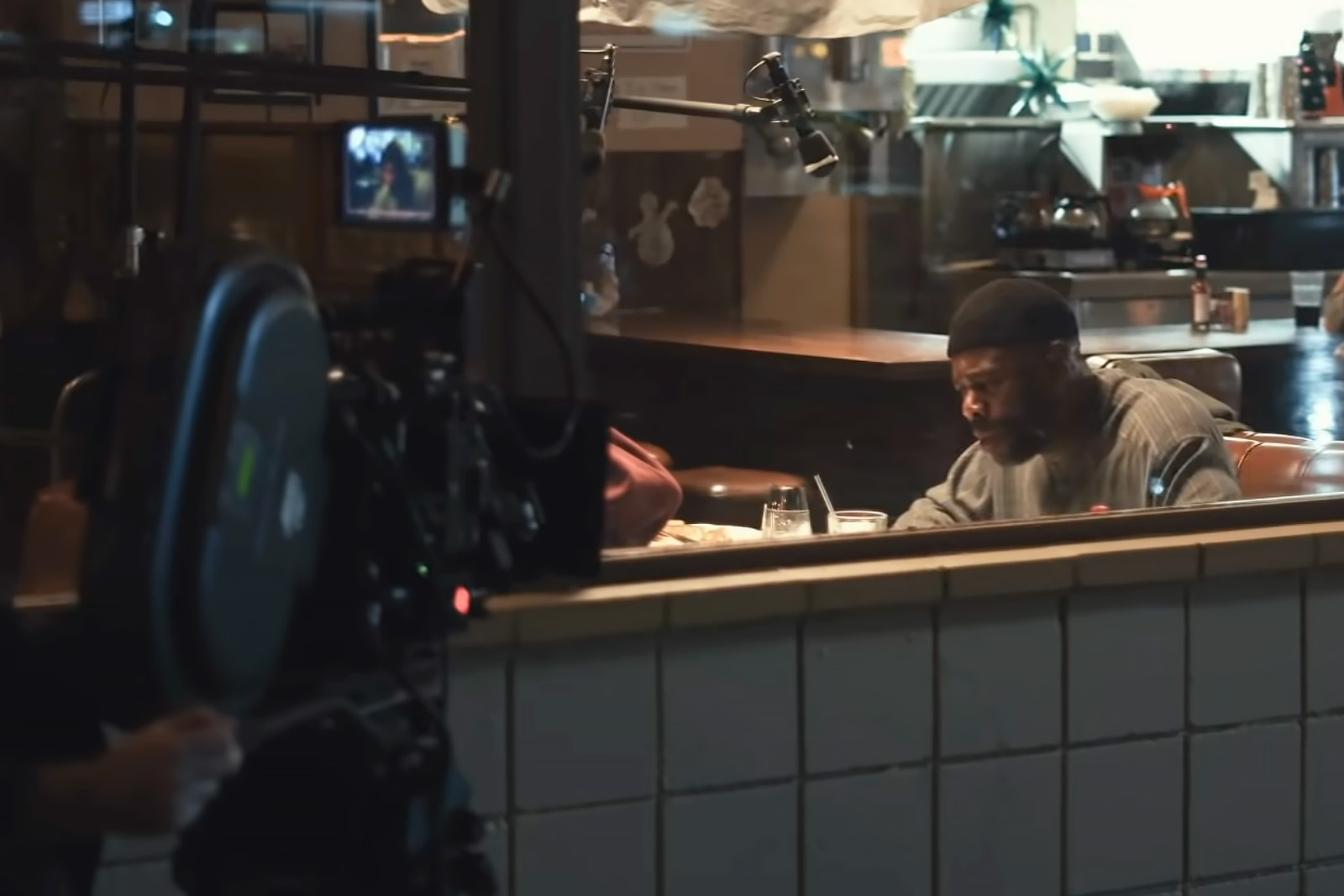
Aaron had a field day doing the old Days of Thunder on a foot race through traffic. It’s definitely something where you want to create rhythms and counter-rhythms in order to lock into the psychological and emotional engagement of an audience.
We’re essentially trying to make the invisible interior worlds visible. One of the powerful tools of course includes light, camera, and dialogue, but editorial is part of that process as well.
HULLFISH: Absolutely. Talk to me a little bit about pacing and molding voiceover. There’s voiceover throughout all of the episodes from Rue. I’m assuming that she doesn’t just record that and you just cut it into your timeline in one big clip. So, why is it paced the way it is? How do you judge performance when you’re looking at voiceover?
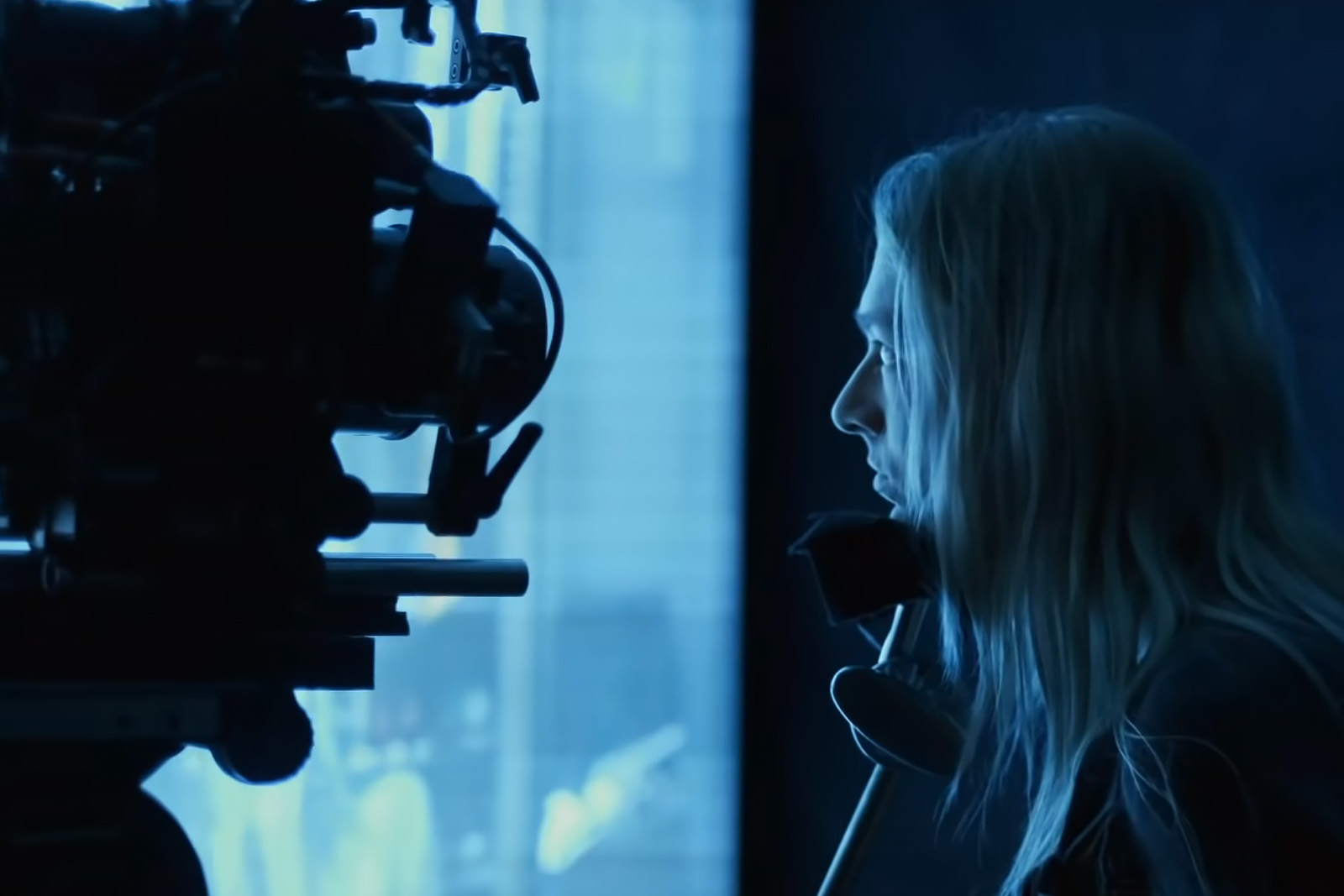
PEREZ: When we were working on the pilot, those were very interesting initial phases of working out the editorial language for the show itself. It was way trickier than I expected. It was such a curious challenge. You’re juxtaposing certain images to the video when adding in VO and you might realize, “Nah that’s boring. That doesn’t interlock.”
So, eventually you just keep playing with it, finding the melding between the right image for the right verbal expression and right words. It was actually way trickier than I expected. There are certain stretches that are trickier than others on different episodes.
HULLFISH: Laura, what about you? Have you had any of those sequences that you needed to edit with voiceover, and what were the challenges of pacing that or juxtaposing images against voiceover?
ZEMPEL: Well, it’s a huge part of the show. In episode six, specifically, the opening, when Rue is going through withdrawal, we went through a lot of iterations of how much voiceover we used and where it was because there’s not much dialogue in that opening before the title card comes.
She’s just on the floor writhing in pain, dealing with her mom and her sister, and she’s narrating her whole inner monologue of feeling regretful, talking about how she feels about the people in her life, how she feels about Ali.
Specifically, that one was built around the voiceover when I was building the whole sequence because I didn’t quite know where everything was supposed to go. So, I looked for moments that felt authentic to which part of the voiceover she was talking about.

For example, when she talks about her mom, we want to have this be a scene with Leslie and maybe we hold on Leslie in some moments. Or what’s going on in her face when she’s feeling regretful? How does that tie into her pain? For that one, it was a map of how that whole sequence came together.
Then, of course, that’s how we started it and then we did a version where we took out all of the voiceover, and so it lived without voiceover for a couple of months. Then, the voiceover came back and then we cut out half of it. So it’s this weird blend where, for me, it’s usually a guide of where the picture’s going.
It really works in tandem with the visuals that we’re seeing. Either the picture leads or the voiceover leads, and then somehow we end up wherever we end up depending on what is happening in the scene and what we’re supposed to be feeling because, again, it’s all about what Rue is conveying through her voiceover and what we are conveying through the images, and then finding the way that clicks together.
HULLFISH: But that’s not spelled out. You could go to almost any episode. You could just cut to her, right? You could say, “I’m just going to be on her in the bathroom writhing in pain for this part of the voiceover,” instead of on Ali, for example. Do you see it and say it, or do you see it and say the opposite?
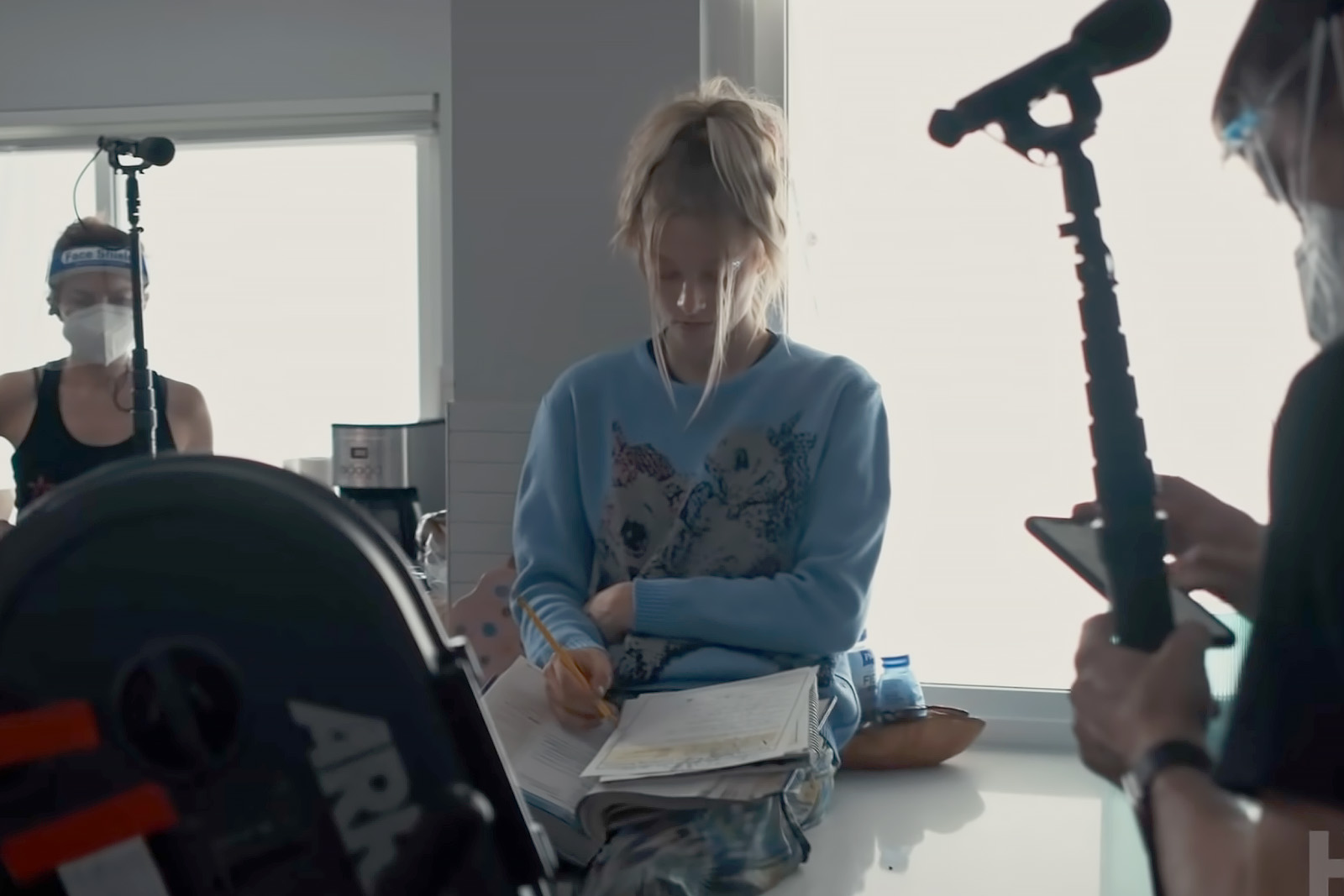
PEREZ: I think that’s always an interesting conundrum where it’s a little bit like the way we deal with music. Sometimes, we use the term duende for having that deep feeling that resonates. Sometimes, I love pretentious things. I love the term multivalence, which is basically saying that you have a multi-layered approach.
I think the VO, similar to music, just gets laid out even if you only have a couple of edits. If you’re listening to the lyrics and they’re riding a bicycle and the son is saying, “Yeah, I’m riding my bicycle. This is fun.” That’s a little on the nose and silly, but sometimes on the nose and silly is perfect. I think the VO is similar where it needs to resonate on multiple levels through a sequence of shots.
Sometimes, you find that you stay on one shot with that VO, and if it’s, say, on Rue’s face and it continues to be magnetic and fascinating as the VO rolls on, you just sit on this one image. It speaks to you, it continues to shimmer, maintains its magnetism and aesthetic value, or any of these things.
As long as it maintains that magnetism, you stay on that shot.
As long as it maintains that magnetism, you stay on that shot. Then, you might want to relationally create deeper meanings and odd little counterpoints to it by a succession of images after that.
You don’t know until you cut that VO in and you start playing with some images, because the description in the script is one thing and then what the actual shot images are and how long they actually maintain one’s attention is a surprise. You can’t premeditate that.
So, once you’re in the timeline and playing with those images, you have to lock into those multiple layers of meaning. You discover it as you go. It’s always a surprise. The VO is always more of a challenge than what one might expect.
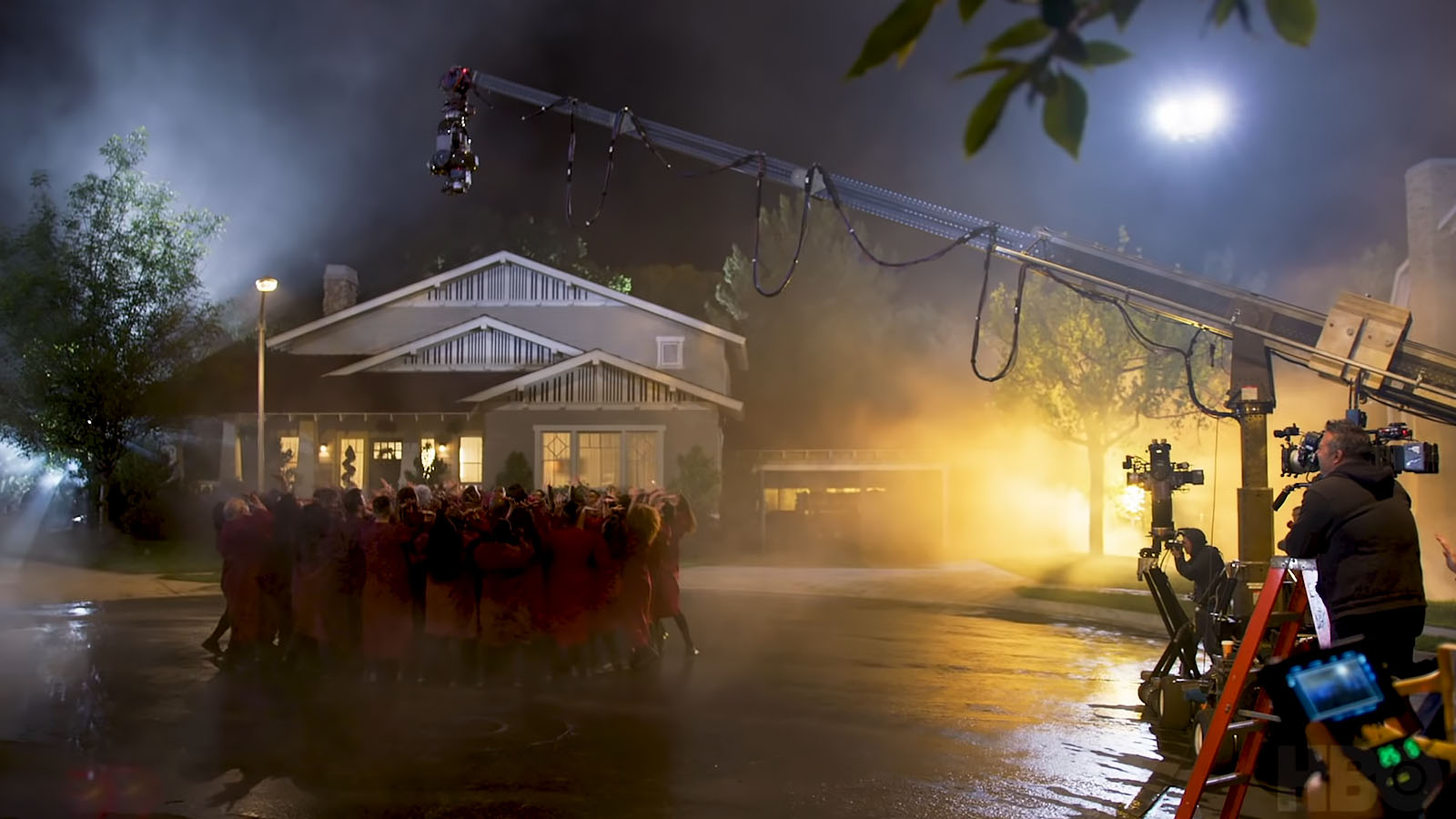
HULLFISH: I want to call out a specific scene that I really love the editing of. To me, it was so interesting that you have two high-powered emotional things happening on either side of something. This is about a scene with Fez and Rue where Fez cuts her off. She shows up at his house, knocks on his door, and says, “You gotta let me in.” He says, “No, I can’t. You’re cut off.”
There’s so much emotion of her talking on her side of the door, and then him feeling sad on the other side of the door. How do you know who to be on in these incredibly emotional moments? It’s not—this term I’ve used before—dragnetting. You’re not on the person that’s talking at all times. You’re on the most emotional thing. Who cut that scene, and can you tell me about building that and being on the right person at the right moment?
ZEMPEL: I remember it well. That scene was enormous. That scene was the only scene they shot that whole day. It was multicam. There was a camera on Rue and there was a camera on Fez, which was great because they actually are talking to each other. So, I had both of them separately and could take their audio from wherever and put it wherever I needed to be.
Rue is our main character. That’s how the show is built. So, for me at least, she’s the anchor of most scenes. With her, it started with her performance, but at the same time, you have Fez on the other side. We, as the audience, are maybe siding a little more with Fez.
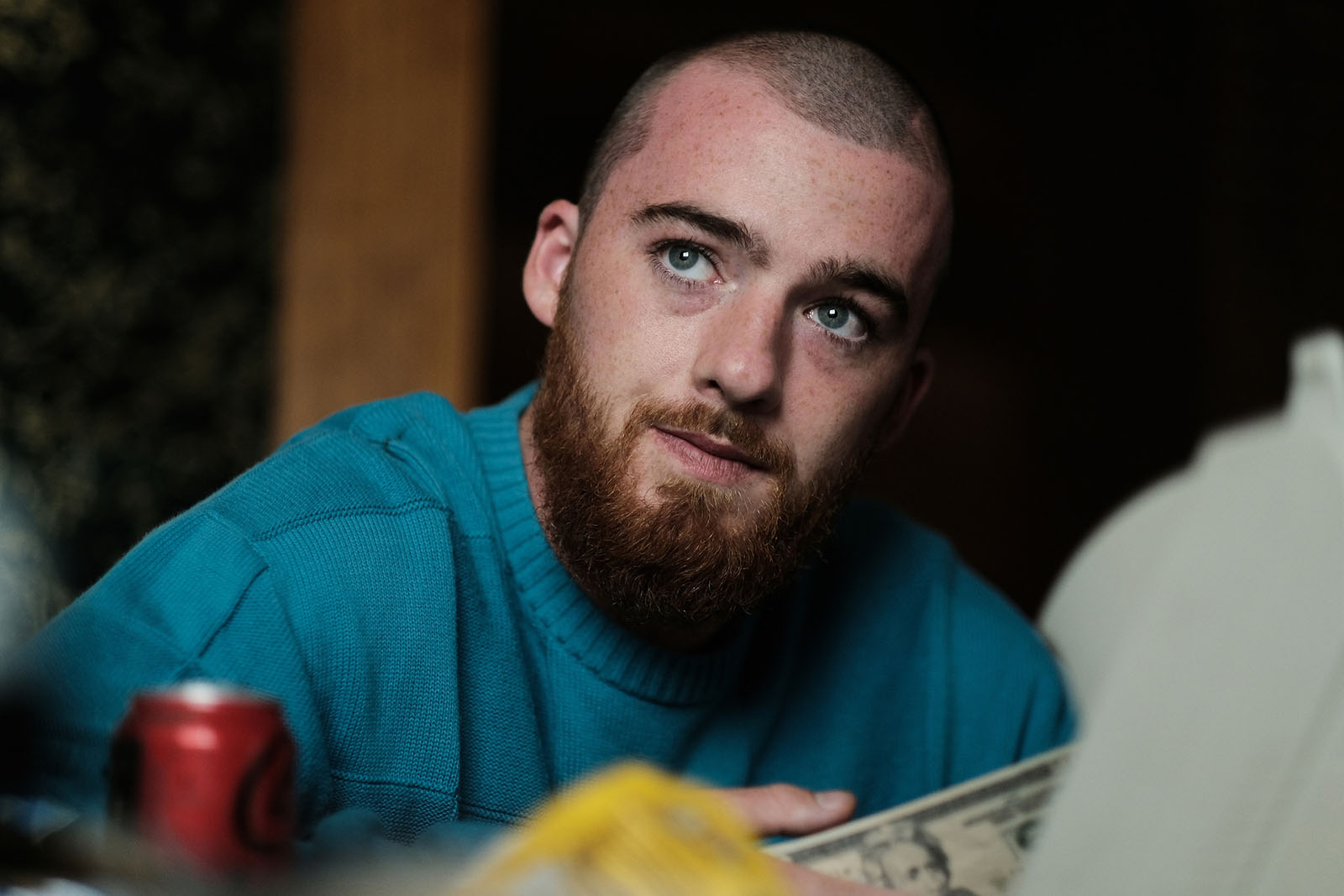
So, it was this really delicate balance of this person we care so much for who’s hell-bent on destruction, and then we have this person who has been enabling her and feels regret about that. They each have their own objective in that scene. It’s trying to figure out who wants what and how we feel about them as they’re trying to get what they want.
Fez wants to cut her off. She wants to convince him. So, when thinking about the audience, you’re trying to make sure that they feel what you want them to feel as it’s going on. It starts with Rue being really casual and then Fez says, “No.” Then, she just starts pulling out every trick in the book of guilting him and begging him. He feels bad about what he’s doing.
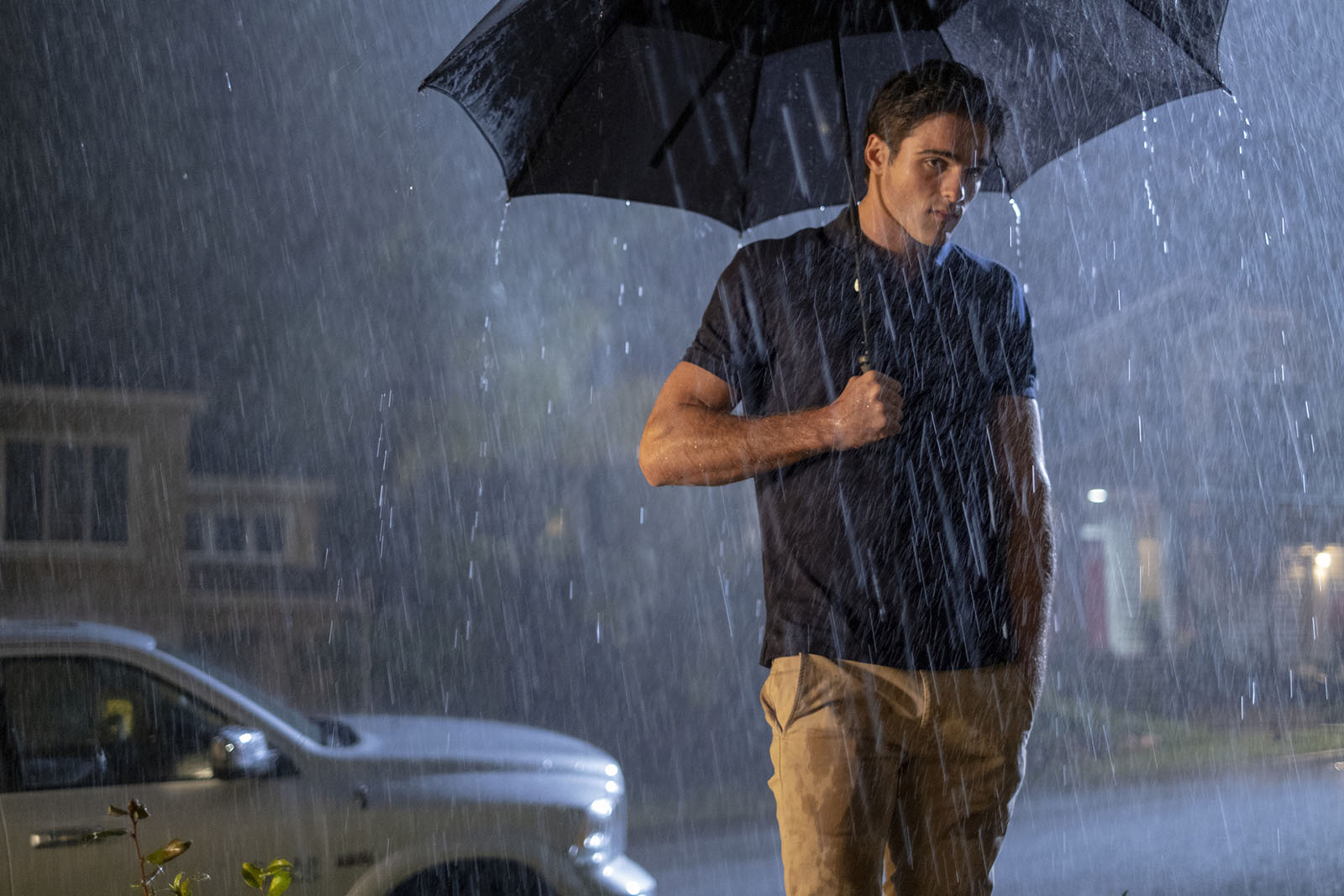
There were a lot of shots. Angus [Cloud] who plays Fez, his face is so heartbreaking. He has those gorgeous blue eyes with those long lashes and just watching him listen to her and her voice was incredible. Her performance is also so incredible in that scene with her voice just breaking down.
I think a lot of the emotion in that scene is actually when we’re just on Fez listening to her and he’s not saying anything. The audience gets to project what they think he’s thinking and he’s emoting in just his simple way of just listening to her. It’s heartbreaking.
It was really about finding the balance of what’s the most heartbreaking. Is it harder to watch Rue bang on this door and put her whole body into it? Or is it more heartbreaking to just watch Fez simply not say anything?
That scene was enormous. Our show is sort of run, maybe, atypical. Because Sam is writing and directing, we don’t have a lot of access to him. So, with that scene, I did the first assembly of it, and it was too long.
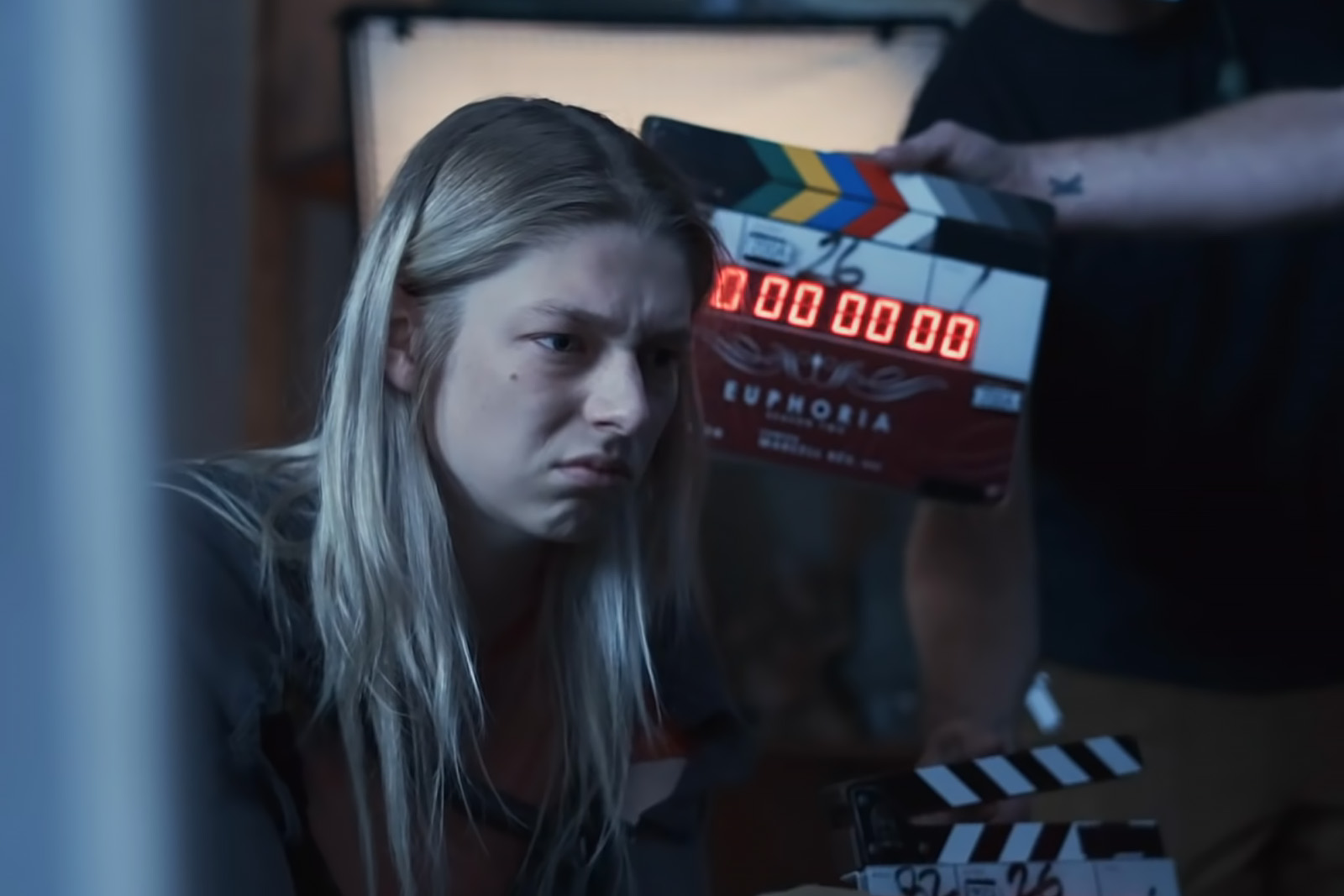
We worked on it, we cut it down, and then I think I got busy with other scenes, so Julio took it and did a pass of it. Our other editor in season one, Harry Yoon, also did a pass because he had some free time. Our episodes tend to be long, so we try to find ways of cutting them down.
With scenes like that, we have a lot of freedom with who can bring what to it. We’re not precious about it because we want the scene to be as good as possible and everyone has different takes of it. That scene was really one where we all collectively touched it. I think that’s part of the reason why it’s so good.
PEREZ: Well, I think that’s very kind of Laura to say, but she did the heavy lifting.
HULLFISH: Are you guys all listed as editors on all the episodes, or does somebody say, “I’m the editor on this one”?
PEREZ: It’s a tricky one because of how interconnected we are as a team and how much we do. Aaron did a bunch of fantastic work on 2.04. Laura did a bunch of good work on 2.08, and other episodes as well. It’s tricky because of how much we work together, but there is a guiding force as editor, or an editorial signature that I think is led by an individual, a shepherd if you will.
So, I feel like what I try to do is get the credits as close to possible as the actual experience of it. We like to give additional editor credits liberally if we can for assistant editors and for each other when we participate in each other’s episodes.
It wouldn’t be an untruth to have us share credits across the episodes, but it also doesn’t quite say the actual input, care, love, and talent that primarily went into that episode. So, it feels a bit ad-hoc and makes me a little anxious of making sure it’s credited right, but I feel like we mostly get it right. We try to get the main editor their just desserts in their massive contribution to the episode.
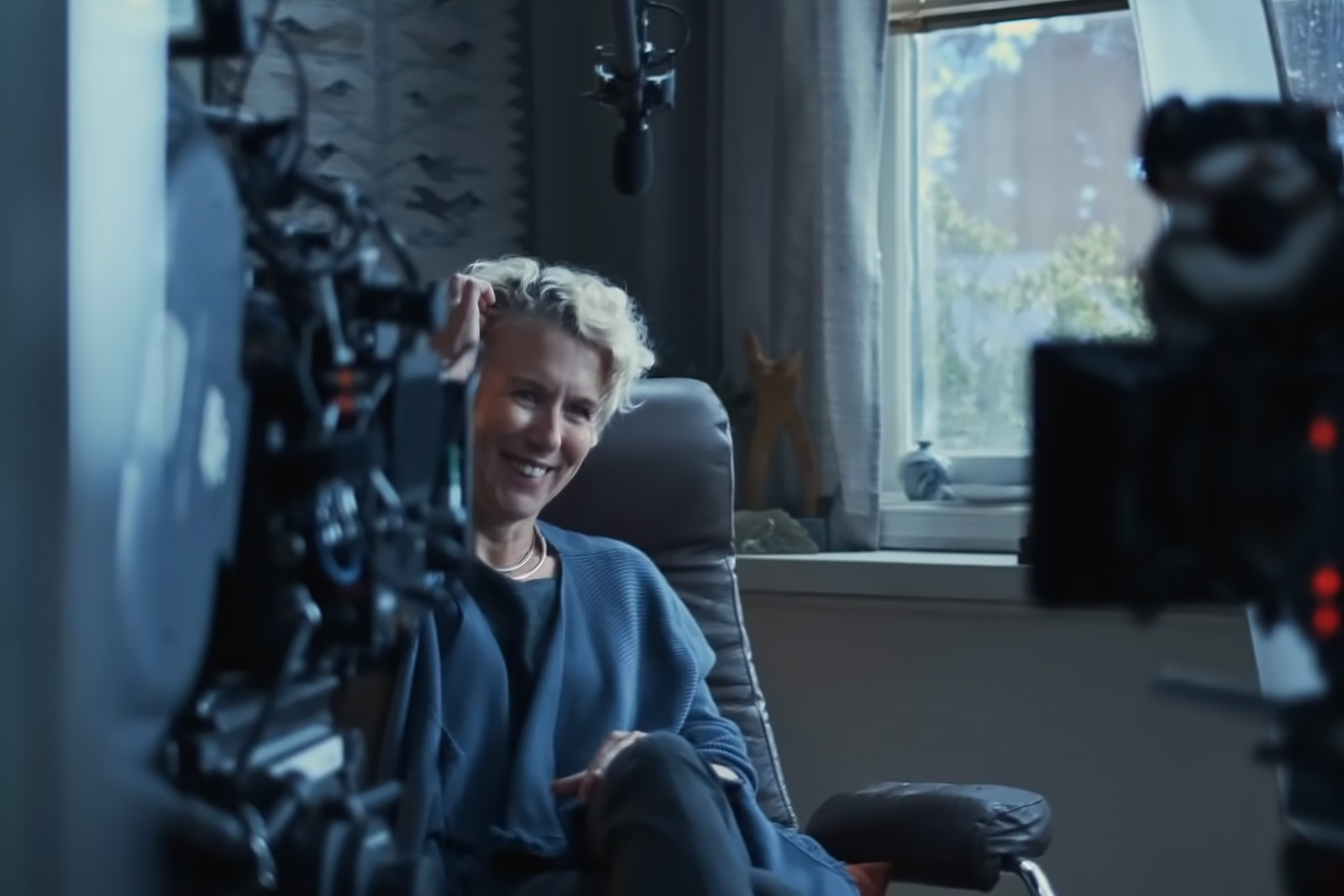
I want to comment also that I love the term dragnetting. That’s terrific. It’s so interesting because that’s such a succinct way of putting it because Dragnet always did that. They had a very austere style and it was cut, cut, cut.
It could be very interesting for a show, especially if you’re building it maybe with a more theatrical or television paradigm, but we’re attempting to be more filmic. We find dragnetting to be very effective, and we do it sometimes in certain scenes.
HULLFISH: I was going to say, there’s gotta be times when you do it.
PEREZ: Absolutely.
HULLFISH: You say something. I say something. You cut back and forth.
PEREZ: Absolutely because those are the moments where you stay out of the way as the editor and doing the simplest thing—going through that dragnetting—is what becomes the most evocative choice and the right choice for what you’re trying to communicate in that moment.
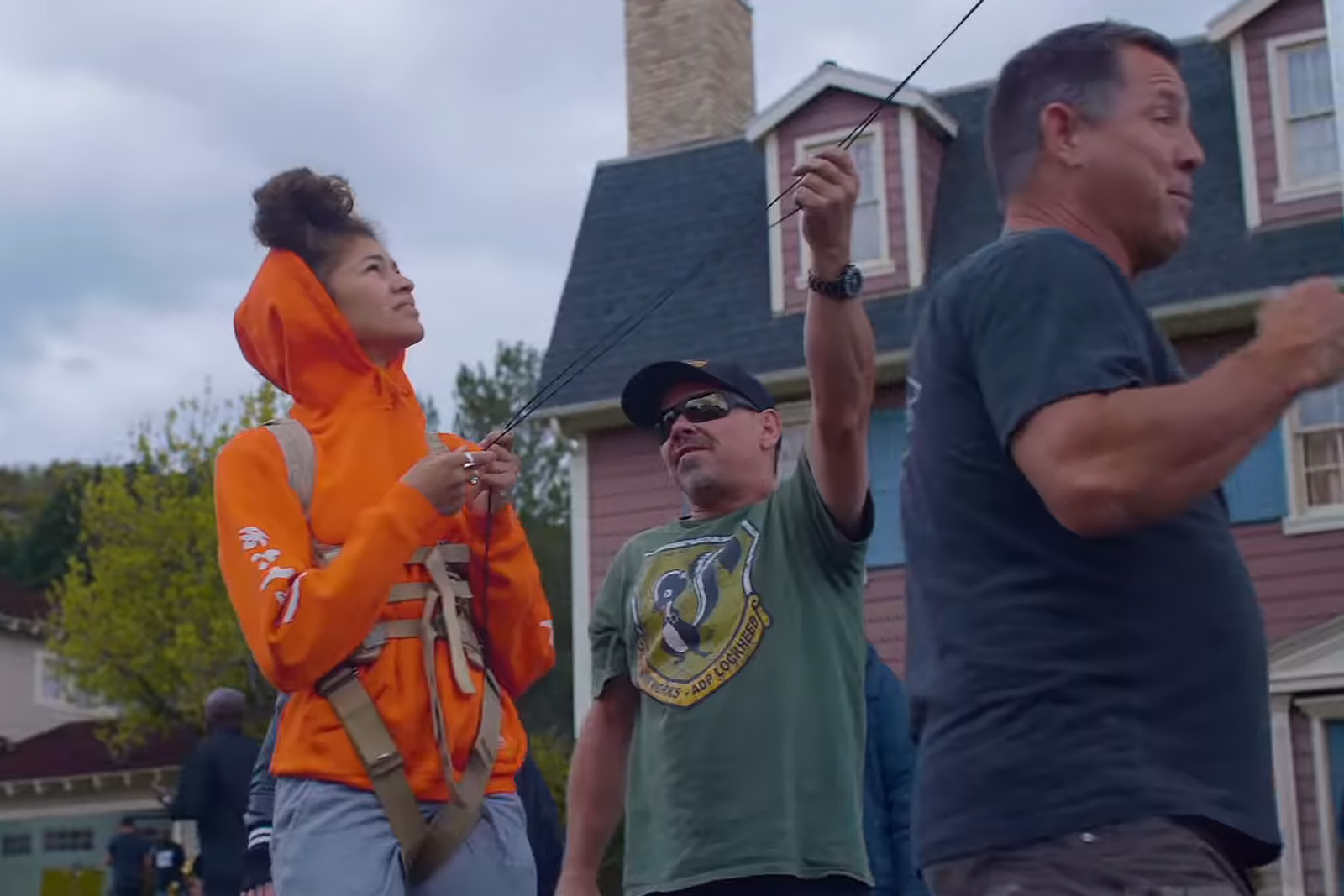
That being said, I think dragnetting all the time weighs down and becomes anti-cinematic. It becomes unfilmic. It becomes Dragnet, which is a cool show for exactly what it was in the moment. It has a lot of interesting aesthetics for the moment as well, but dragnetting would have been a disaster in that scene with Fez and Rue in 1.03.
You miss so much of the subtext. You miss so much of these layers of meaning by putting a priority on the written word and its imagistic counterpart. The face that’s saying the written word is a limited way to scratch at deeper meanings.
HULLFISH: I’ve actually thought about trying to cut a scene reverse dragnetting where you’re never on the person speaking.
PEREZ: I’ve had to do that in documentary. That’s what you’ve got to do in documentary. If you don’t have the person saying the line, you just use the right reaction shot. I think we might’ve tried something close to that at a certain point, but as an audience member you might wonder, “Why don’t I see anybody say anything?”
You could break those rules in any number of circumstances if it ends up being the most effective technique.
Anything works when it comes down to it. You have a few rules you might need for most things, but you could break those rules in any number of circumstances if it ends up being the most effective technique.
HULLFISH: One of the places where I realized how unique the editing of this show is, is in a couple of slideshow scenes in season one. There’s one about dick pics, and I think the other one is about people who are addicted.
ZEMPEL: Gaslighting. How to get away with doing drugs.
PEREZ: Laura is our slideshow specialist.
HULLFISH: All right, Laura, I’ve got to hear about these slide shows because those were epic editing tours de force.
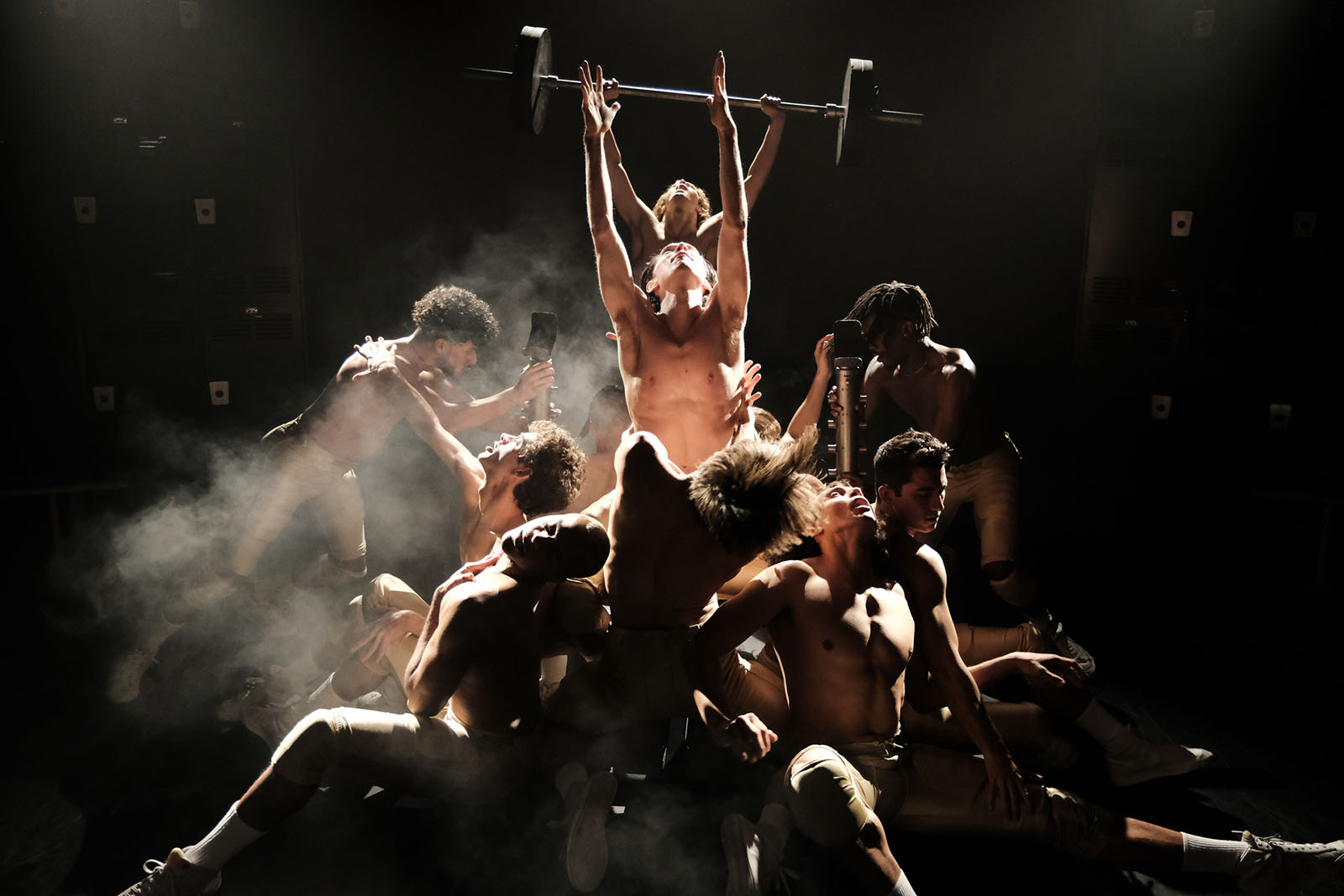
ZEMPEL: Thank you. It was really challenging in season one. We were still figuring out the tone of the show. So, it came along and I think on my first cut I was a little more married to geography and logic. Then, as I kept working on it, it just played better being more chaotic.
Sam and our show are both just very rhythmic, and everything is cut with pace and sound in mind. All the cameras and everything has to lock-in. Those scenes are so hard to put together and eventually, it ended up in the place that it did in season one. So, when I came on to season two and I saw I had another one, it thought, “All right, here we go.” I just went balls to the wall right away with it. It’s a blast.
Talking about the pace of the show and the peaks and valleys that we built in editorial, those slideshow moments are so outrageous in what she’s talking about, the way it’s shot, and the interior of the projector.
HULLFISH: Jules pushing the buttons.
ZEMPEL: Jules and then Elliott, and playing off of what happened in season one with the season two scene, we get to have a lot of fun on that. That’s one where we get to have as many edits as we want and we don’t have to worry about being too hands-off. The editing gets to shine a little bit in those moments, which is really fun.

HULLFISH: Could you talk to me about the “Summertime” montage in season two, episode four?
PEREZ: My longtime assistant editor, Nik Boyanov, has been such an incredible collaborator for so long. I learn a lot by working with people and I also enjoy the idea of it being a training ground for future editors and not just a technical position. He also has come into his own and become a co-editor with me. He actually did the initial pass on that one.
There was something in the script that mentioned this Mahalia [Jackson] version of “Summertime,” I believe. So Nik did the first pass and obviously, it’s a very imagistic sequence.
You can take in things that are more photographically complex or have a certain tableau beauty. I feel like you can absorb them and be a little more patient with those types of shots.
I’d say it’s one of those moments where you sense a bit of our ability to show restraint because I think certain shots are just teeming with this visual sumptuousness. So, I feel like you can take in things that are more photographically complex or have a certain tableau beauty. I feel like you can absorb them and be a little more patient with those types of shots.
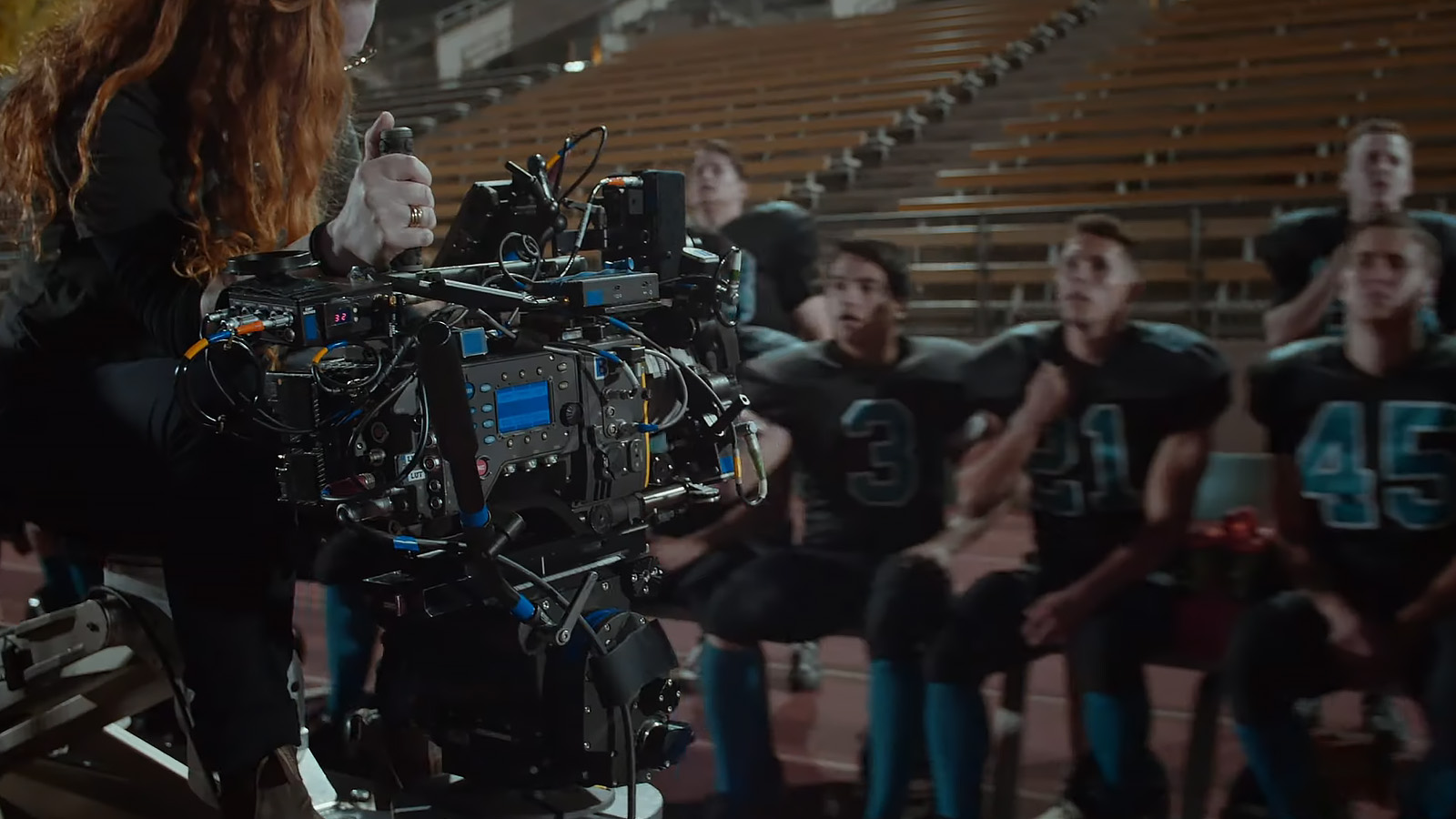
Nik did a beautiful job of that, but then we had multiple iterations where I actually cut it down a bit. What you see there—as patient as it is—was even more patient on an earlier cut where it got to the point of, “All right, do we need to see her blowing out the candles? I don’t know.” Then, I found that interplay at one point in one of the longer cuts.
There was the lyric, “Don’t you cry a little baby,” that was on Maddie. It was one of those times where it’s a little on the nose, but you think, “Oh, that’s such a beautiful on the nose moment that I didn’t want to deny its obviousness for its emotional impact.”
So, when I changed the timing, I actually found music edits to have that lyric stay in that spot. I’m proud of that hopefully very unnoticeable music edit.
Sometimes, it’s that multivalence. Sometimes, a song is such an incredible tour de force, that careening from it is that multivalence, so you just patiently allow images to create a dialogue back with the music. That was one of those instances where we stayed out of the way.
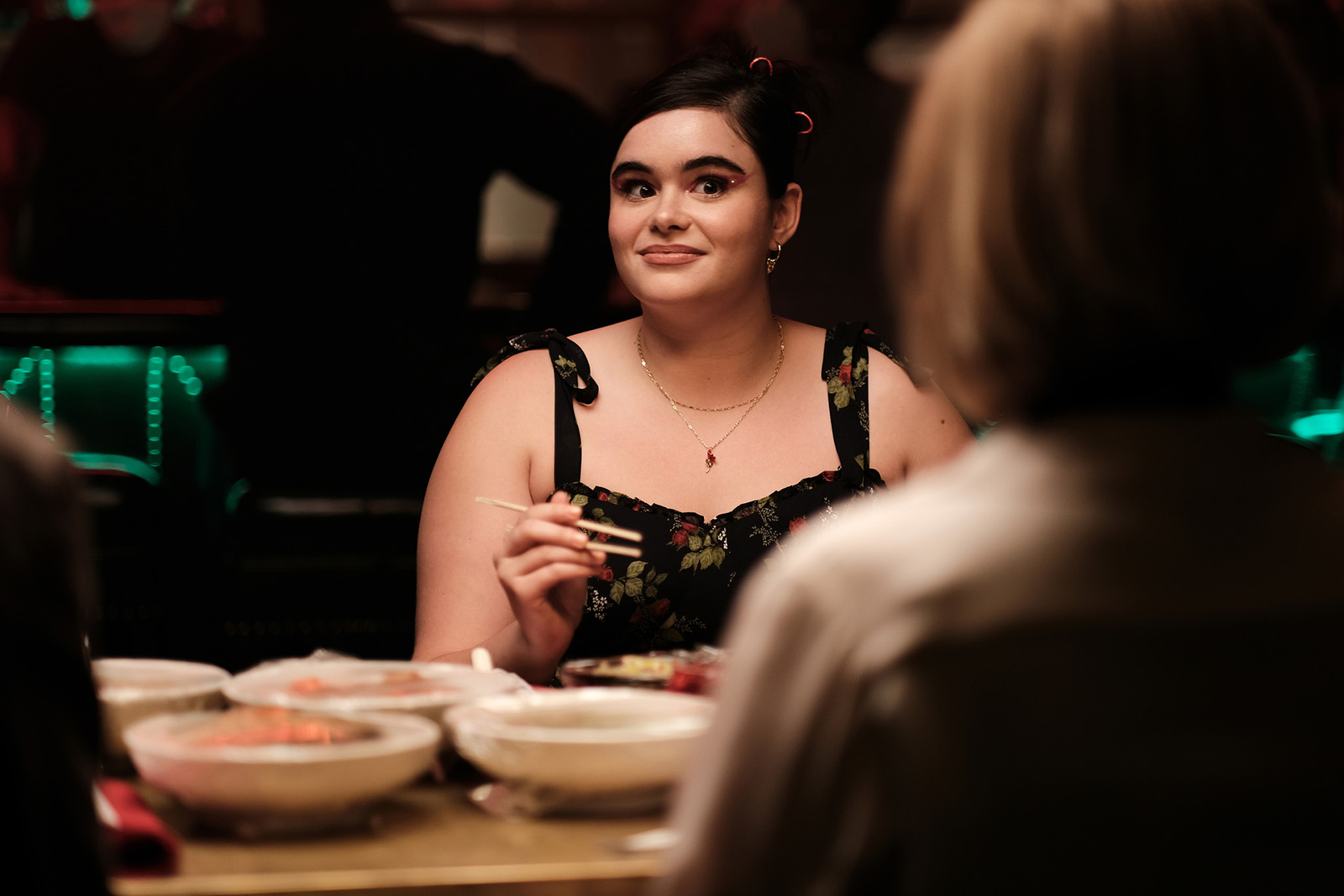
HULLFISH: Aaron, so much of the music is so unusual. You’ve got stuff that is absolutely current and modern straight off of your Spotify list, and then you’ve got stuff that’s old. Talk to me about how often those pieces of music are scripted and how often you guys are choosing them from what must be a very eclectic Spotify or iTunes list?
BUTLER: Anybody who watches the show knows that music is truly important. This comes from the top. Sam is a musical genius and he knows every genre. He has this incredible musical mind. So, there are lots of moments that those songs are in the script from the very beginning and they stay in and we cut around them. He’s a huge part of that.
One step down, Julio is also a musical genius. With these two guys together, I feel like it comes from the top, the priority of coming up with these really interesting, creative, and amazing cues. They also give us a lot of freedom. So, Laura and I, in many cases, have picked songs that stay in the cuts and it happens a lot. There’s a really fun and playful process.
I can give an example in episode two. There was a moment when Maddie is dressing up while she’s babysitting for this rich woman. When the kid goes to sleep, she sneaks into her closet and tries on all her clothes. When I cut the scene together, I think that the big thing for me was realizing that this is about more than her just trying on clothes. She’s really trying on this woman’s life.
Then, I needed to find a song. Julio is always pushing us saying, “The song better have multiple layers of meaning. It can’t just be one layer. It needs to be a story. It needs to have layers of emotion and layers and meaning. “
When I was cutting the scene together, I thought, “I gotta pick something good for this spot.” The first thing that I came up with—talking about Spotify—was a Judy Garland song I had just heard on Spotify three or four weeks before. It seemed like a very odd choice for Euphoria, but that’s the Euphoria principle: unexpected, odd, different.
So, I put in this Judy Garland song and what I really loved was in the lyrics she’s talking about, “you’re gonna love me. Come rain or come shine, you’re going to love me,” as Maddie’s dressing up in these beautiful things.
But I think there was an extra layer, at least for me, because she’s talking to the mirror, so I got this sense that she’s not just saying to people “you’re gonna love me,” but it almost felt like she was talking to herself. ” You’re going to love me, Maddie. I’m going to be somebody who you can love too.” It had that kind of layer to it.
Can you beat it? Can you find something that’s more emotional?
Of course, what we do with the music on the show is we put something in and we try to beat it. Everybody participates in this, so Julio is coming up with ideas and Sam is coming up with ideas. Then, our music supervisor, Jen Malone, is coming up with ideas and we’re asking, “Can you beat it? Can you find something that’s more emotional? Can you find something that has deeper meanings and more layers? Can you beat it?” So, it’s always this process. We tried and we could never beat it in this scene, and it won. So, that’s just one example.
HULLFISH: That song also works for her character, right? Because Maddie is one of those people that will fake it till she makes it. Her confidence is because she chooses to be confident.
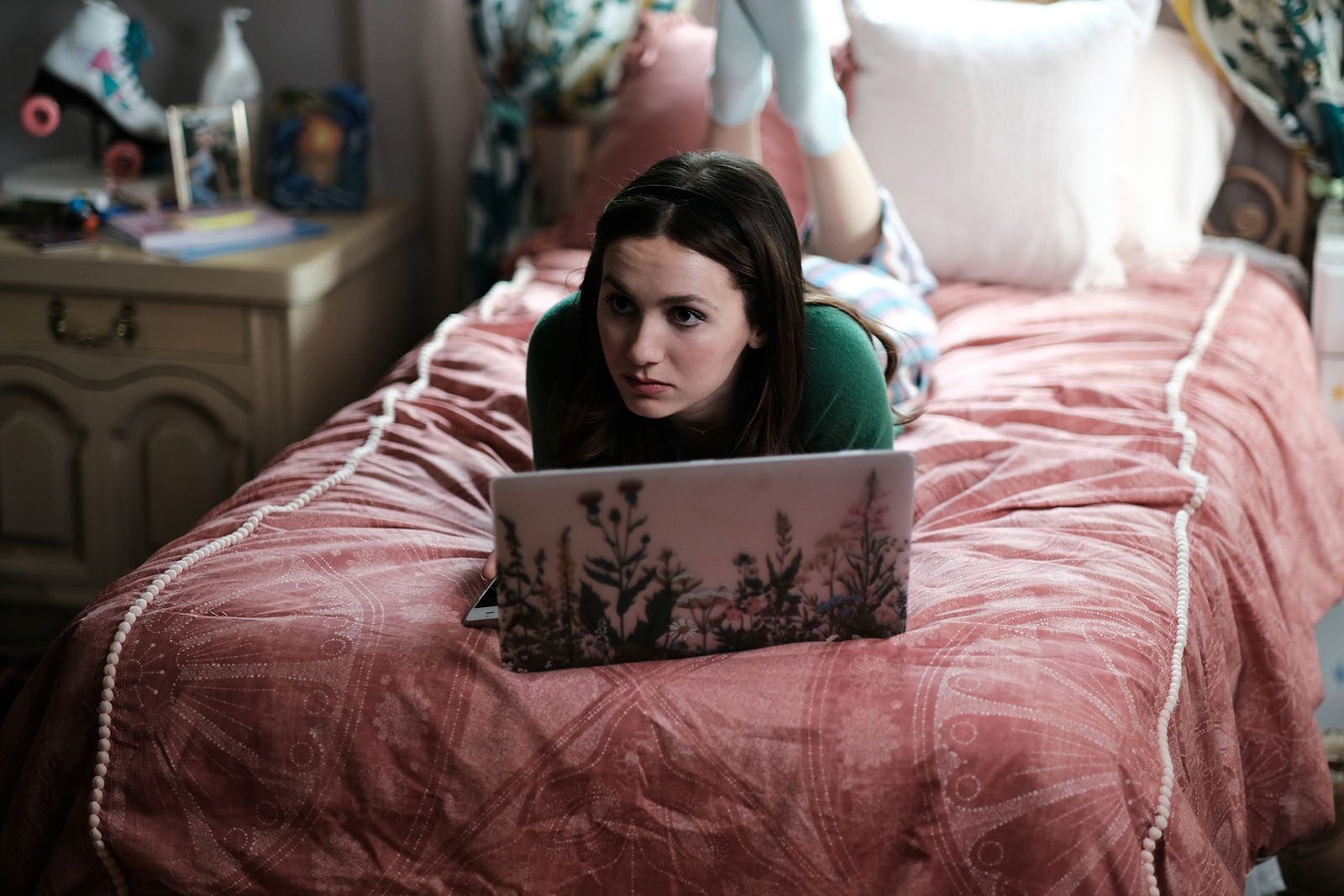
BUTLER: Exactly, and it’s an old Hollywood song, and in Hollywood, it’s fake it or make it. It’s about perception. Maddie has that confidence, but everybody thinks, “You’re so confident,” but then Maddie is thinking, “No, I’m choosing and deciding to be this.”
HULLFISH: Absolutely. Another scene that I want to talk about is Maddie’s birthday party intercut with the beer stealing run with Zendaya, Jules, and Elliot. Then, the dad’s drunk Jeep escapade intercut with each other.
Tell me a little bit about intercutting in that episode specifically. It’s not like a TV series where most TV series have three or four different storylines going at the same time and you’ll sit with one storyline for a minute and a half, and then you’ll cut to the next storyline for a minute and a half. You guys could sometimes only have about three shots before you move on to the other storyline. Talk to me about either that episode or intercutting storylines with the idea that anything goes.
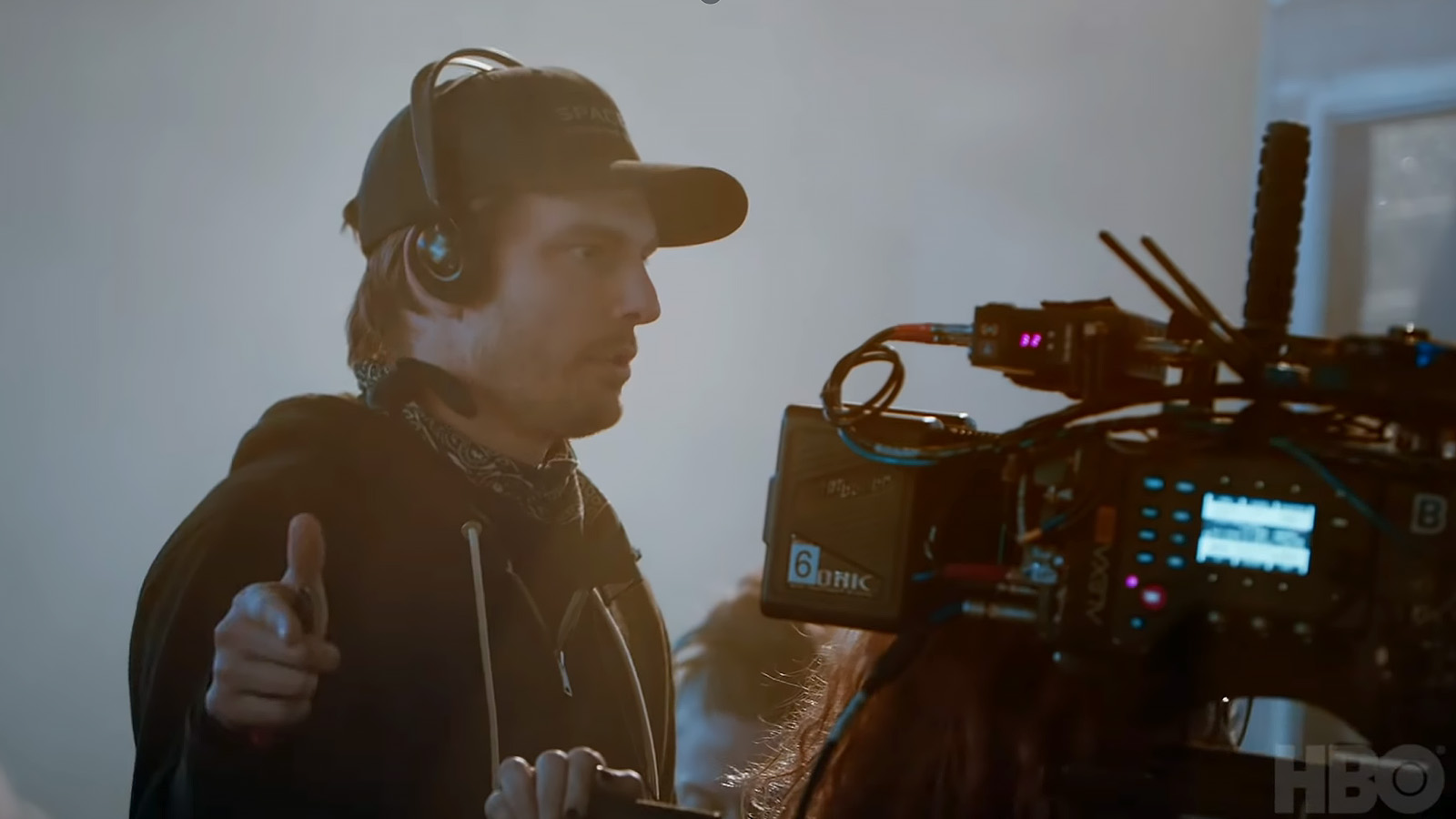
PEREZ: Okay. Sorry. Sam’s calling me right now. Sam Levinson’s on the phone [laughs].
HULLFISH: Patch him in. I want to ask him some questions.
PEREZ: Should I ask him a question? That’d be hilarious.
HULLFISH: Ask him how important his editors are to him.
PEREZ: He respects the hell out of us. Let me ask him.
I’m sorry. Back to that question regarding stealing the beer. That was a fun scene. In episode 2.04, I was the shepherd on that one, but Aaron did some outstanding work, as did Nik. So, as we were building out the episode, we tried to come up with this personality per episode.
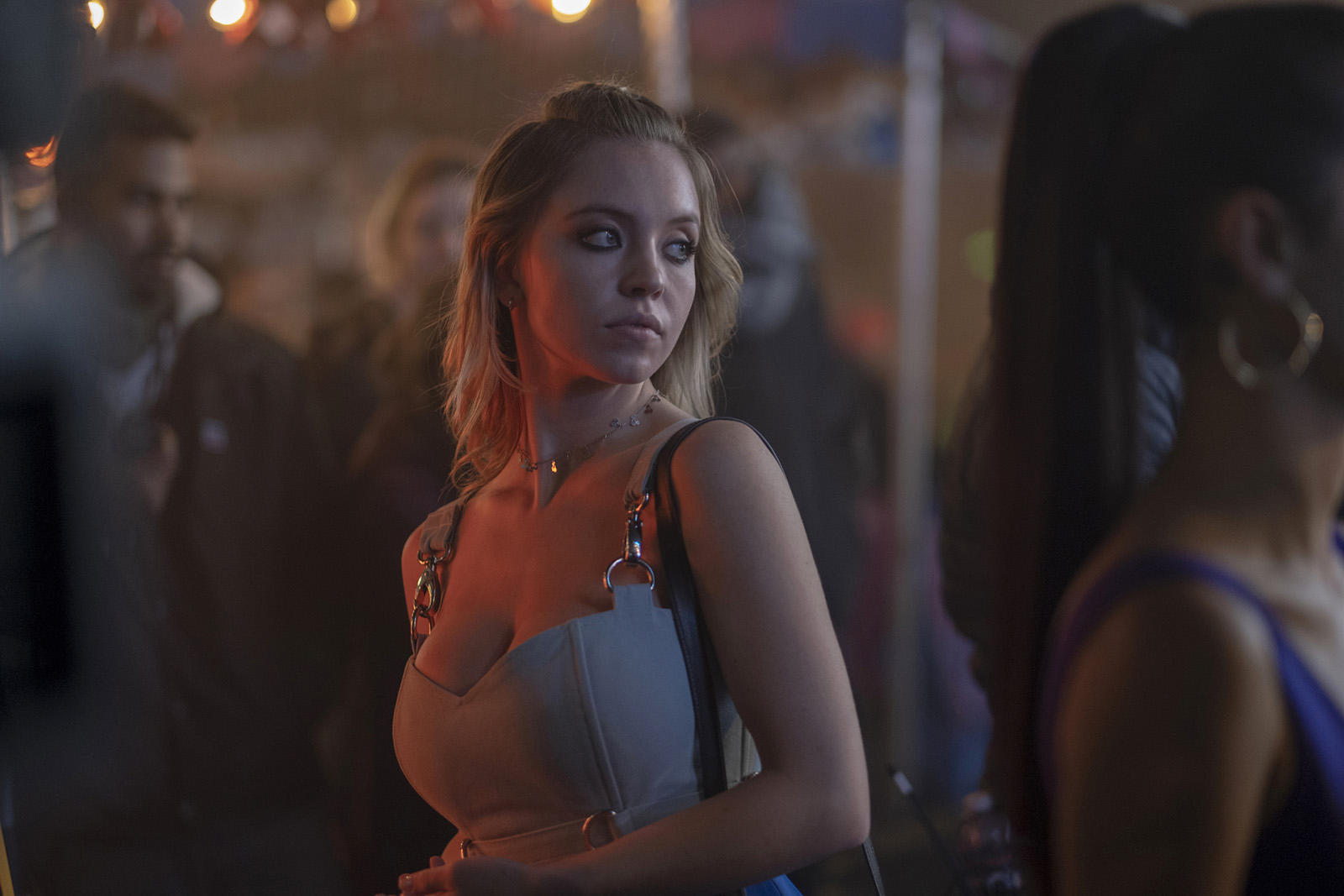
Again, this starts with Sam, so there’s a theme here. We’re very locked in as a team to Sam’s vision, what he’s after, his urges, and his artistic obsessions. We obsess about them too. Sam tries to think of little angles as to how to give each episode its thumbprint or its own little personality per se. Since he’s done that, we do it too.
We start to think of ways of developing a theme for an episode. You may or may not know it, but I think you feel it as an audience member. For instance, with 2.06, we landed on this theme of it being a little bit more of a youthful neo-noir sort of situation where it just had a mood that was a little more noir than other episodes, I’d say.
With 2.04, I set up a little test for myself, which was, despite loving Labrinth’s gorgeous score and his immense talents that go into that, I thought it would be interesting to have less score and more needle drops and source music so that when we hit that final end montage, there is score beforehand once or twice, but it’s way more limited than other episodes.
I was going for a very haunted, more sparse feeling until the source music started bouncing off each other in that intercutting of the cars.
Later, when that incredible Labrinth piece when I think the choir kicks in, to me it just has this feeling of a rogue wave or tide coming in just overwhelming with sonic intensity and emotion. I didn’t know if that section would work, so it was one of those experimentalist moments where I thought, “Let’s just go source music to source music to source music.”
The fertile ground from where we plant our trees is characterization. It’s character. The show is ultimately about a collection of fascinating, interesting, lovely, horrible characters. It’s something maybe emulating humanity or some human beings in some respects.
We want to capture the surprises in an individual, the things that may not seem obvious.
So, from character, I think we build from the possibility of what they’re into or what they listen to, but also we want to capture the surprises in an individual, the things that may not seem obvious.
Elliot listening to Baby Keem is cool, but Elliot listening to hip hop, or trap in particular all the time I don’t think would be realistic, honestly. I’m listening to Herbie Hancock one day, and then 2 Chainz the next. One playlist can be an insane collection. I feel like you create almost a motif for a person, but then I love throwing in little curveballs.
There are those sections that thematically built on Elliot’s eclecticism, for instance, with him being kind of hip, a little too cool for school. As he’s driving, he’s listening to Baby Keem and then Can, German experimental rock from the sixties and seventies. There are kids who listen to Can this very day.
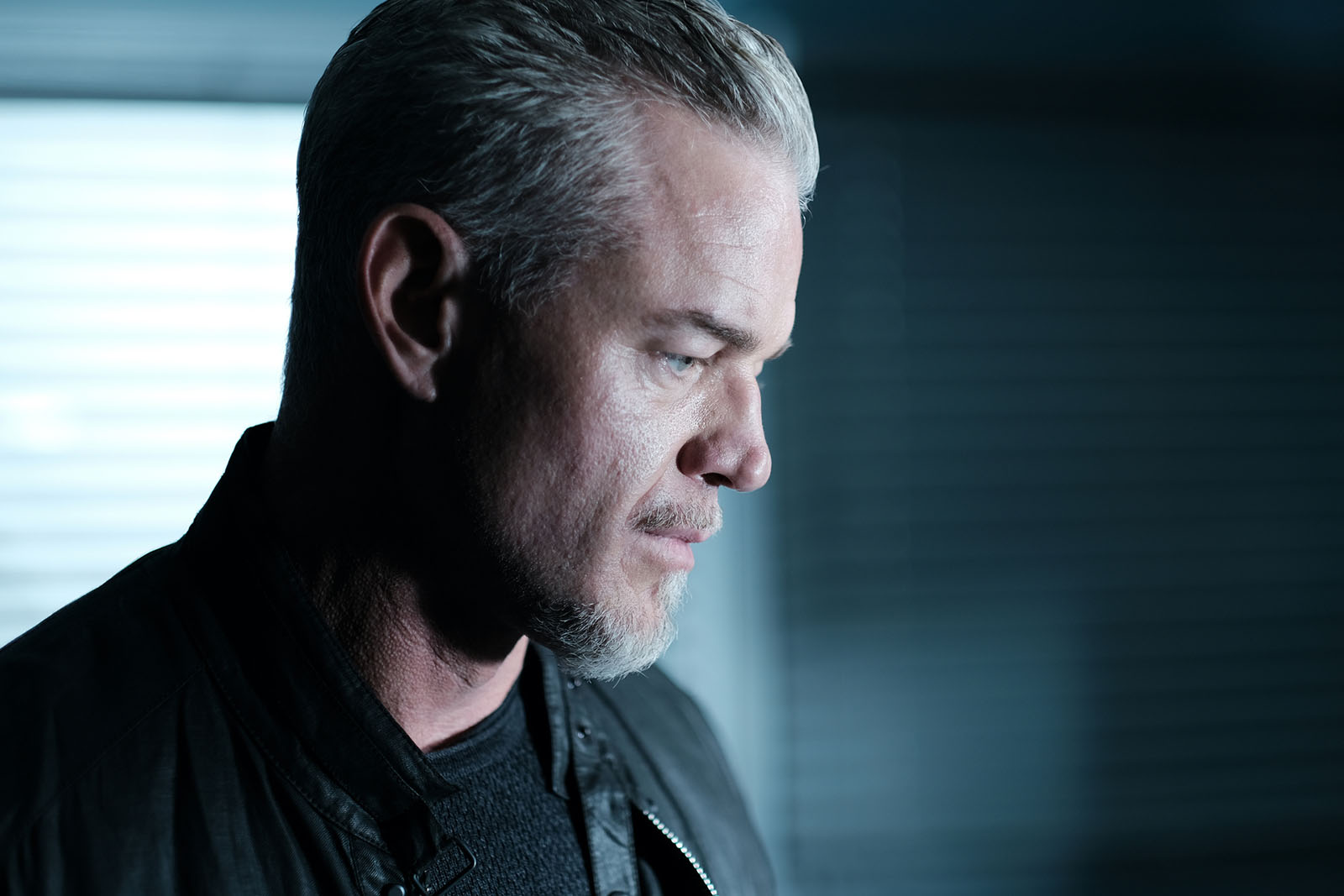
Then, even INXS is this big nostalgic throwback for Cal as he’s sort of reliving his youth and reprocessing the choices he’s made, but that doesn’t have to be his only nostalgic channel. So, Sam actually wrote in that RED 7 song for him. Some of the places that he comes up with to put in certain cues are just wild.
So, you’re going with Cal’s continuing nostalgic trip, but not in excess, you’re with Elliot driving, and then you’re going with Maddie to a party where it’s her birthday, so she’s going to play what she feels like. Also, Maddie doesn’t always listen to reggaeton. Sometimes she listens to Salina. Then, it locked in.
This is a visual collage of different experiences in the automobiles and at the party. I want it sonically to have these varying rhythms that still worked, even if it was a bit counter-intuitive, it worked in spite of itself. So, I built it out and then Sam loved all that bizarre collage of rhythm and different genres. So, there it is. It stayed.
Editors are the most critical part.
This just in. Hot off the presses: a text in from Sam Levinson, texting back to your question, Steve. “How important are your editors to you?” And his answer was, “Editors are the most critical part.”
HULLFISH: I love it.
PEREZ: Sam knows his audience.
HULLFISH: [Laughs] That’s great. Yes, he does.
We were talking about intercutting and a lot about music, but also there is the idea of intercutting as compared to what it might say in the script for when to cut from one story to the other. I’d love to hear about how intercutting based on script, on emotion, or some kind of juxtaposition helped you maybe come up with a happy accident.
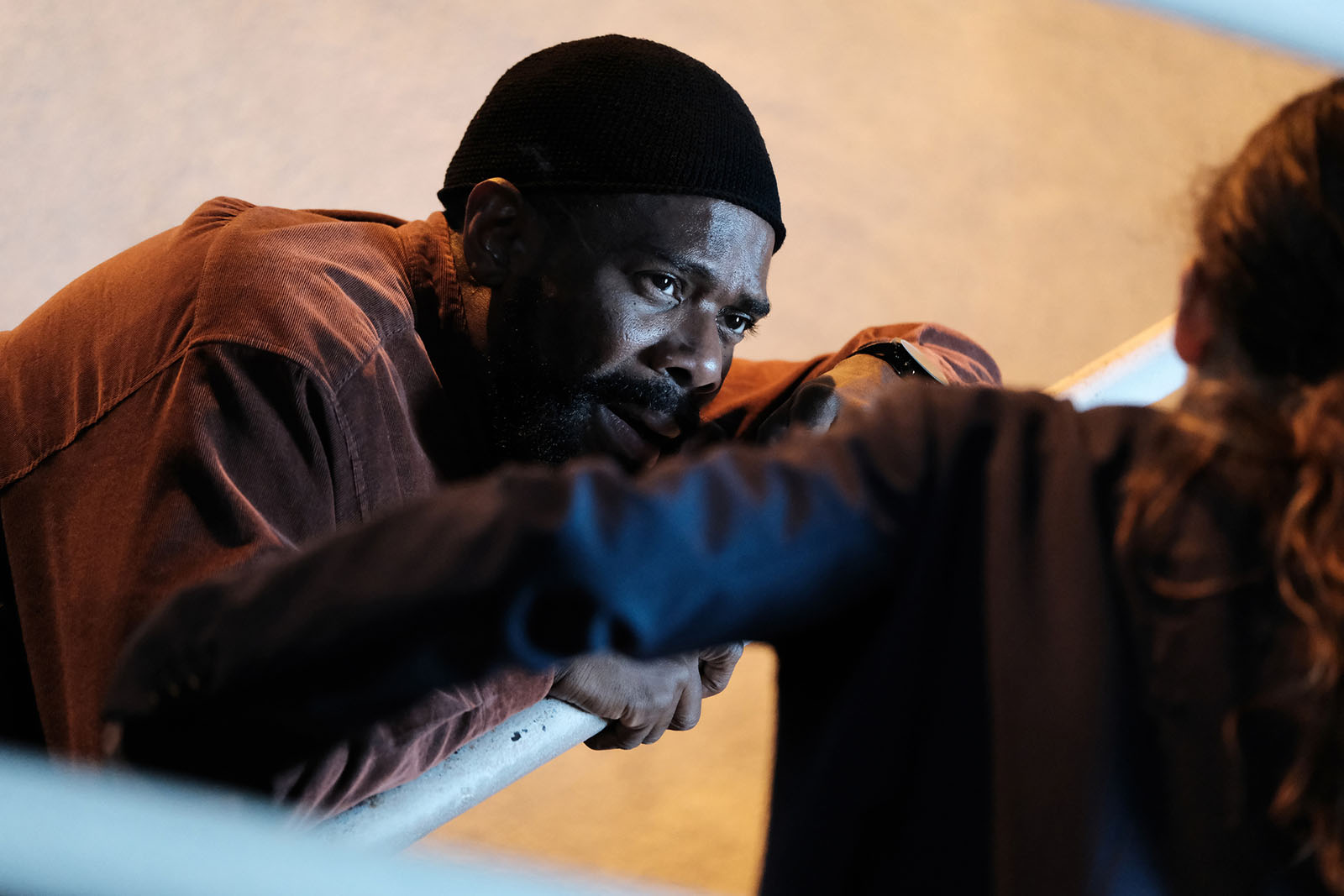
ZEMPEL: I’ve got one that comes to mind really easily. In 2.06, there are a lot of conversations with mothers. Nate has a seven-page dialogue scene with his mom where they’re just sitting at the counter talking about Maddie and Cassie and her relationship with Cal.
It was scripted as just sitting in this scene the whole time and then we have the Howard sisters with their mom, Suze, and Cassie trying to convince everyone that Nate and Maddie weren’t together. That was also its own scene.
The thumbprint of 2.06 being the slower-paced episode, everyone is having these conversations about their emotions and everything that’s going on, but it started to feel a little draggy as if everything went as scripted. So, we realized we have Nate talking to his mom and we have Cassie talking to her mom, and so what if we intercut these?
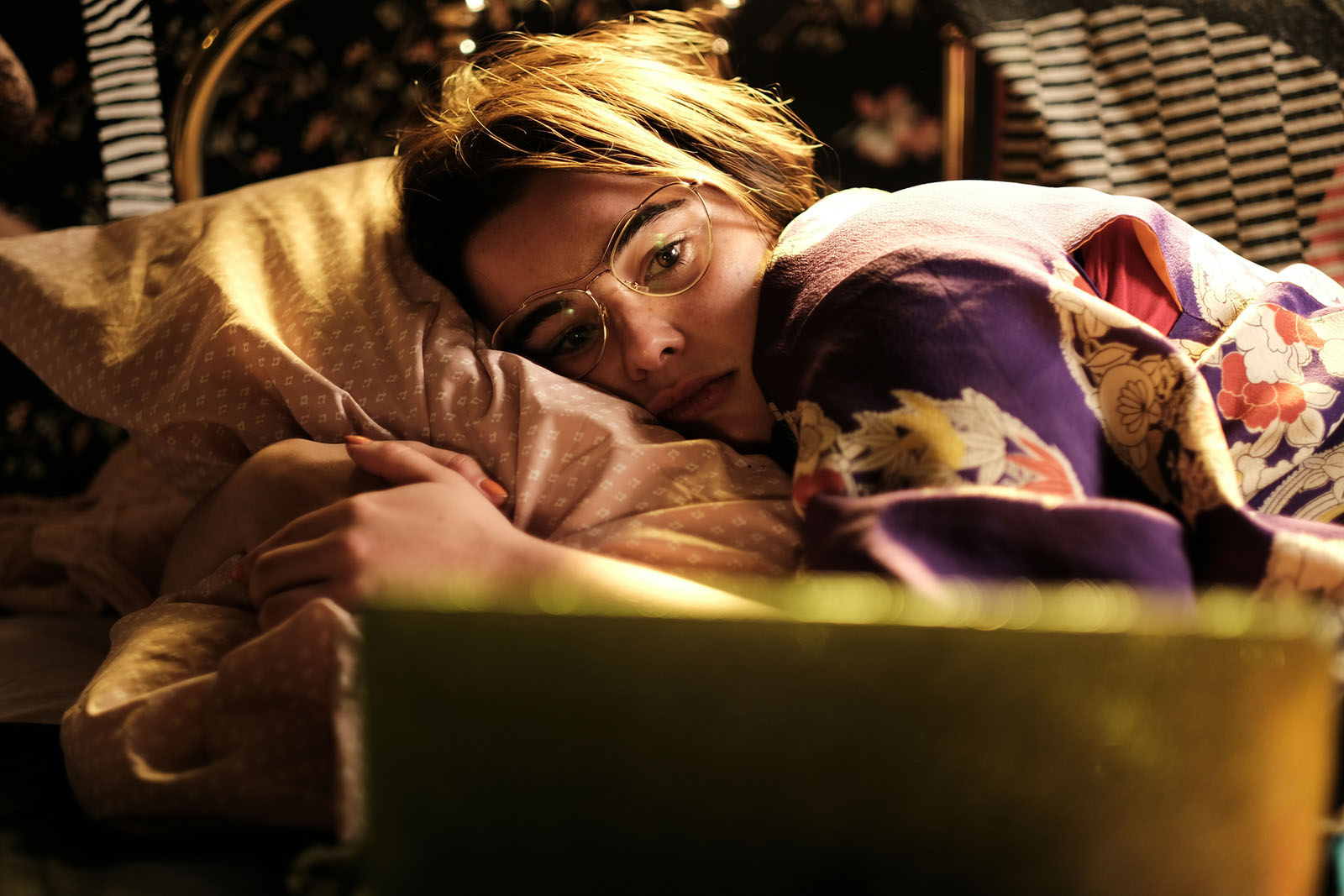
It became about finding places that felt like logical breaks to interject a new idea to keep the episode moving. In that case, it was what feels relevant to be intercut. We have Marsha asking Nate, “You still seeing that blonde girl?” and that works really well coming off of seeing Cassie going insane.
It worked because there’s a little bit of humor with Marsha saying she prefers Cassie, and we’ve just seen Cassie be completely unhinged.
It was finding moments that connected in some way and then playing around with the timing of how long to stay on it. Where do we come in from this? What feels like a break? Sometimes it’s not super fancy or flashy, but it’s just efficient and helps the episode as a whole feel a little more engaging, smoother, or just keep it moving.
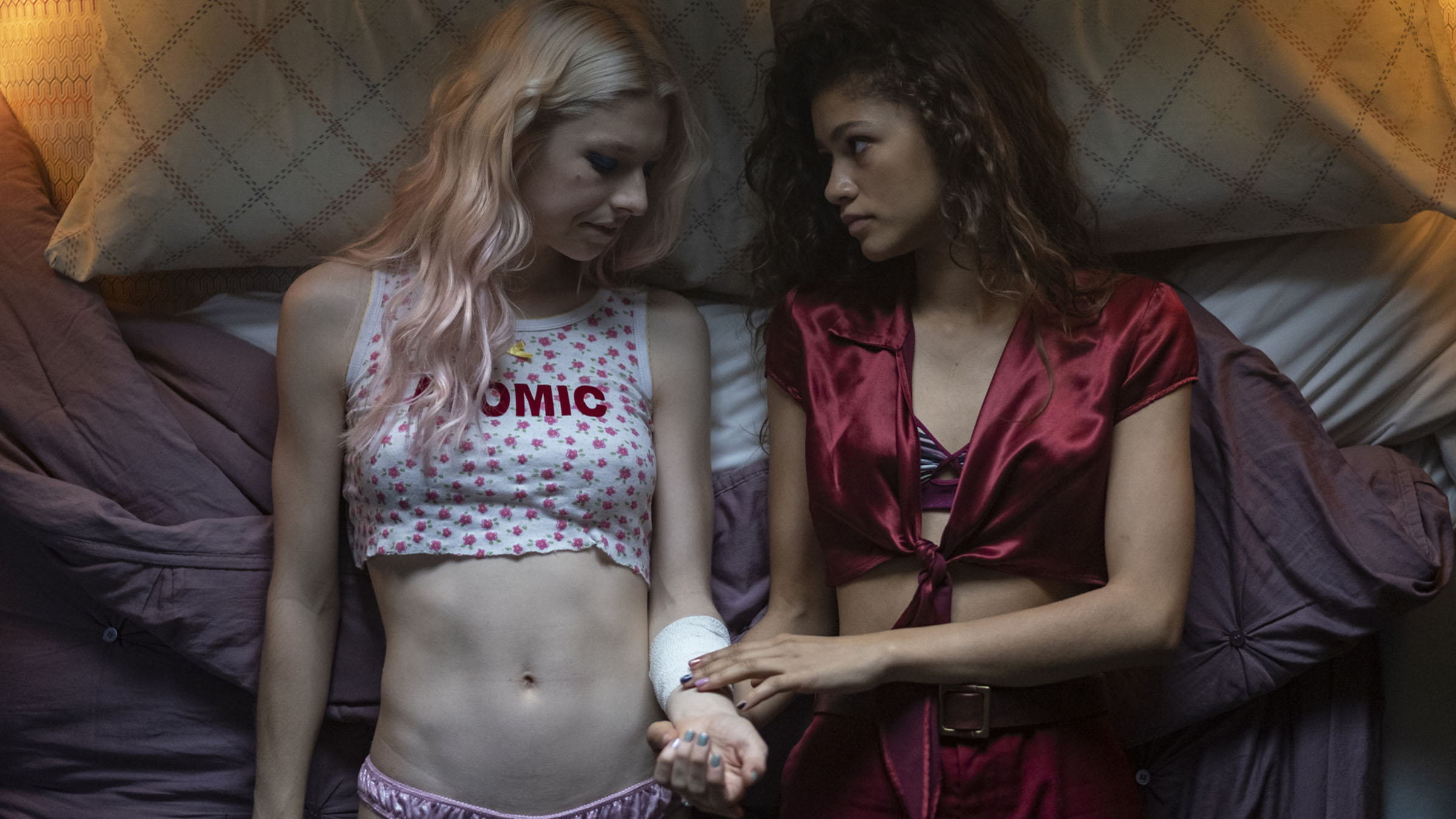
HULLFISH: Aaron, what about you? Can you think of any intercut scenes like that?
BUTLER: Yeah, at the end of 2.02 there’s this scene in Fezco’s convenience store where Cal comes in and he’s got a gun. We played around because the way this scene was scripted was actually that it was broken up much more. I think when we put that convenience store scene together, everybody said, “Oh my gosh. It’s so tense and it’s so great. We might actually want to intercut this less.”
Then, it was a question of, “How much are we going to intercut it, where, and with what?” We have this bowling scene that’s happening at the same time, then we have Nate having a semi-breakup scene, which turns into something else.
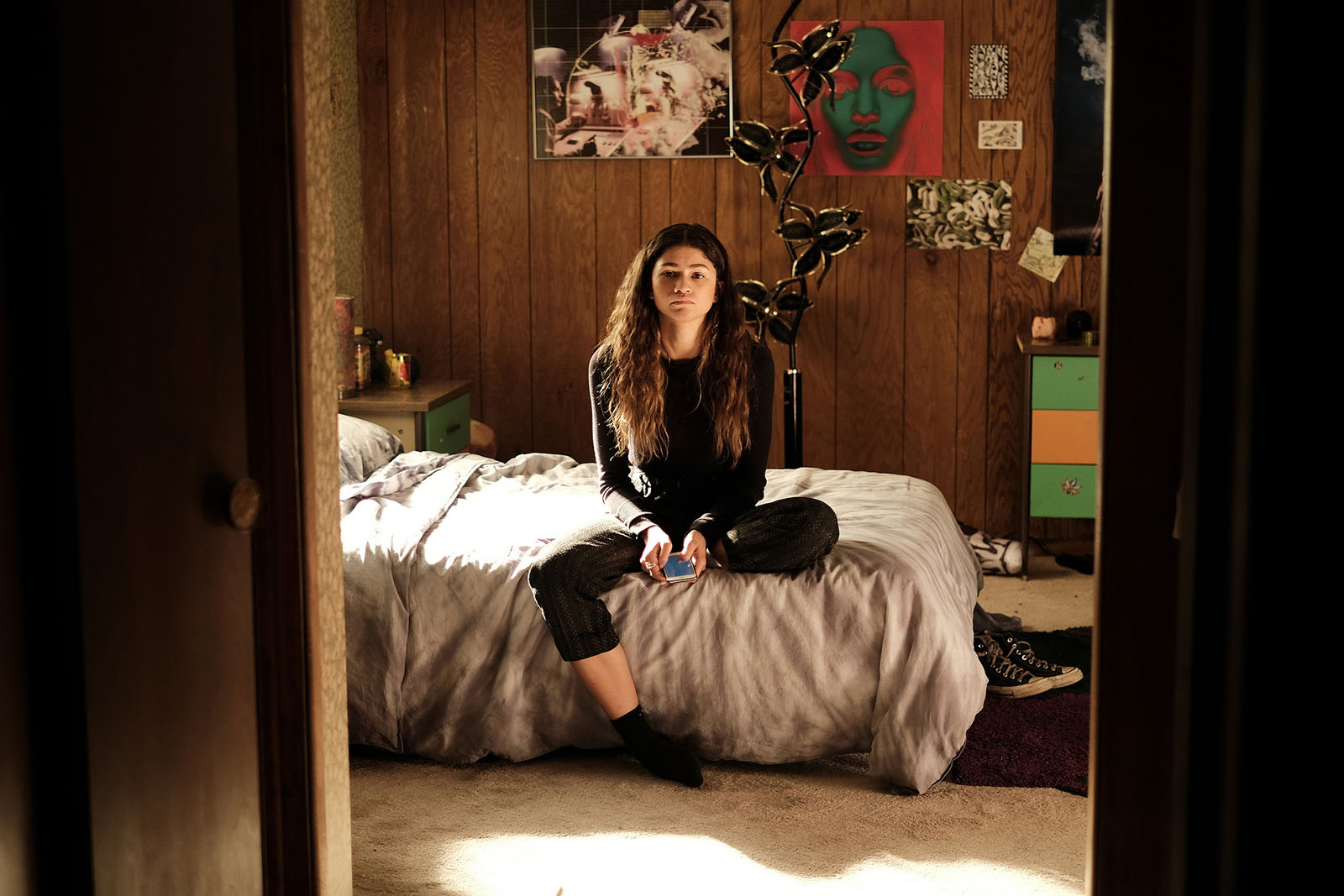
We did eight different versions of this, playing with doing it before and after the convenience store. We asked, “For each of these three storylines, where do they begin? Where did they end? Do we want to end Nate and Cassie before the convenience store so that arc ends, and then we just play out the convenience store?” That was probably a case where we just threw the script intercut out the window, and we tried all these different permutations.
Sometimes, we would actually do some heavy re-editing of the individual scenes, depending on where we tried them in the intercut. If we tried this scene at the beginning of this intercut, we would edit a version of it that fits there, and then if this piece is going to be later and intercut with the convenience store, it needed to be something different. So, we would actually re-cut every time we would move things around and reorder them.
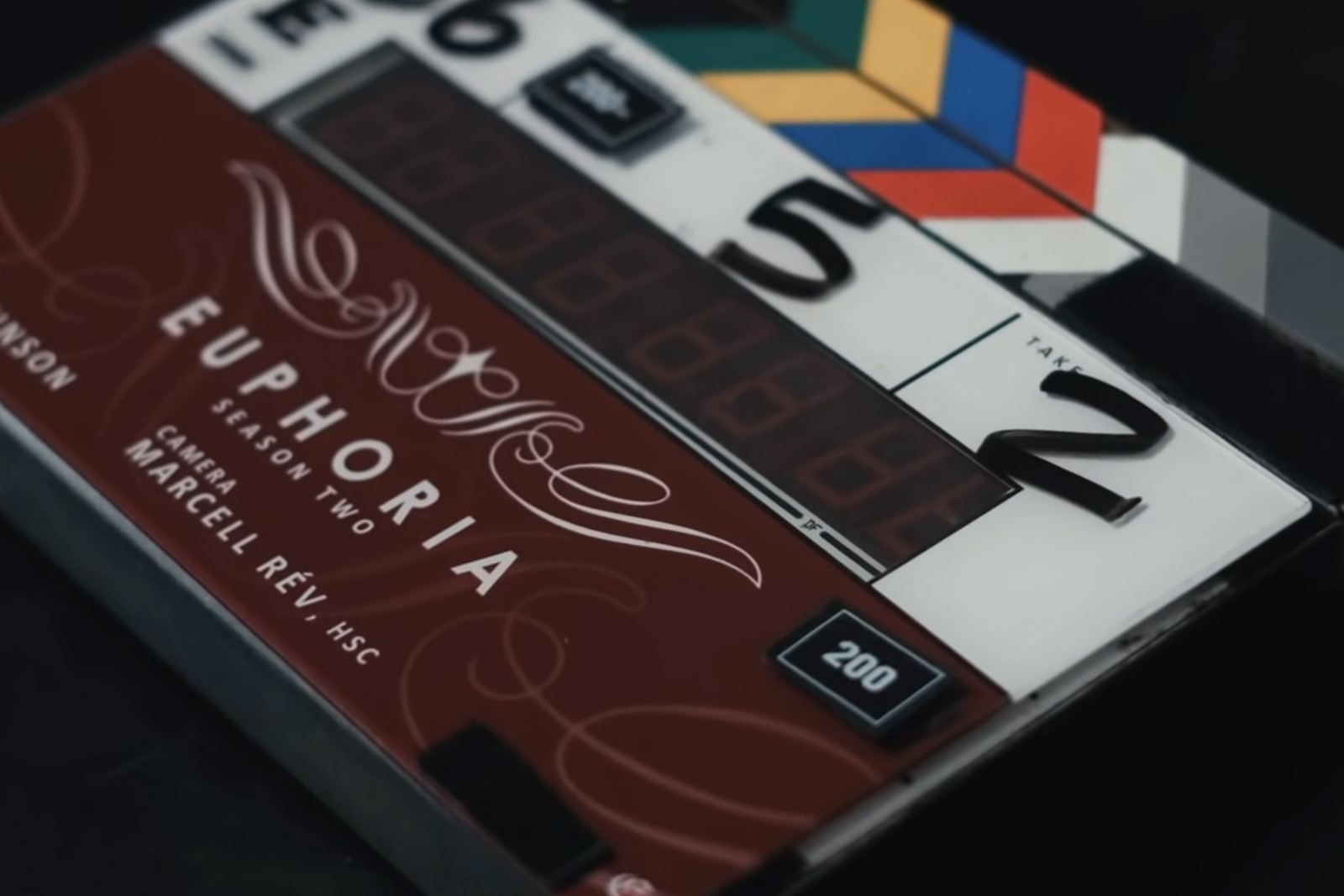
Musically, same thing. We played around with a lot of different musical ideas. Where does the music start? Where does the music end? Is it going to be score? Is it going to be a needle drop?
It’s a huge amount of experimentation to get everything just in the right place so that it feels like we’re having this escalation, it feels like we’re not interrupting, and things are building. There was definitely a lot of intercutting work there.
HULLFISH: I love it. Thank you all for joining me on this. It was such an interesting watch and so interesting to hear you three talk about your process. Every episode could be its own episode of Art of the Cut.
PEREZ: Thank you very much, Steve. It’s been a real pleasure. Thanks for watching and thanks for talking with us.
ZEMPEL: Thank you so much. Such great questions.
BUTLER: It was so nice to talk with a fellow editor.
HULLFISH: Thank you so much. Bye, everybody.

